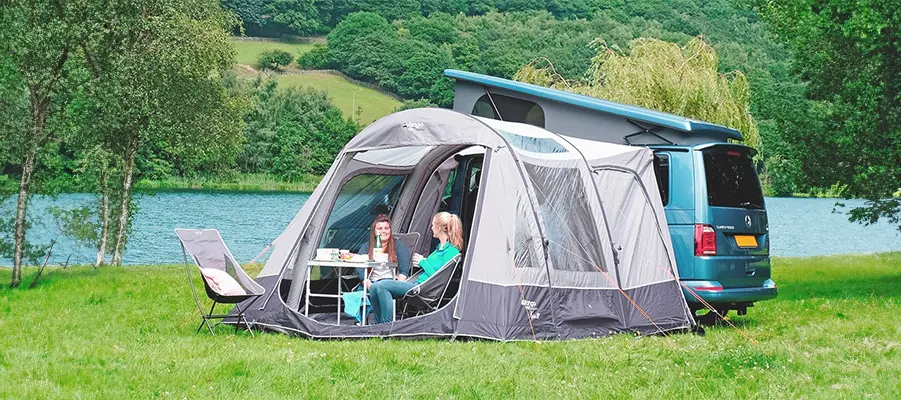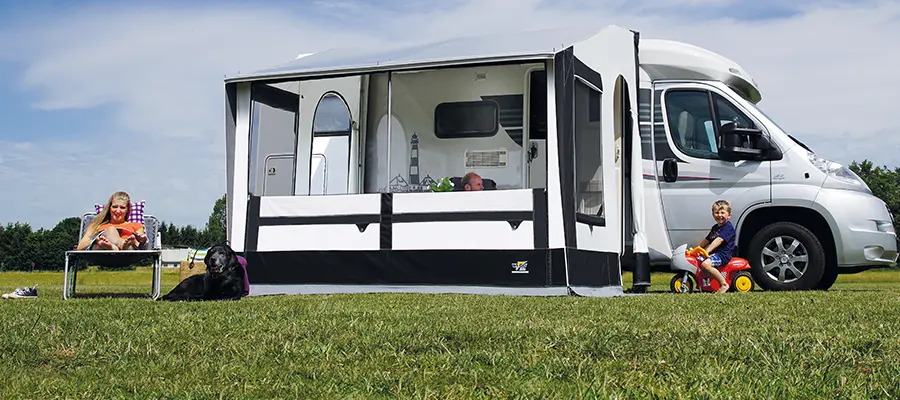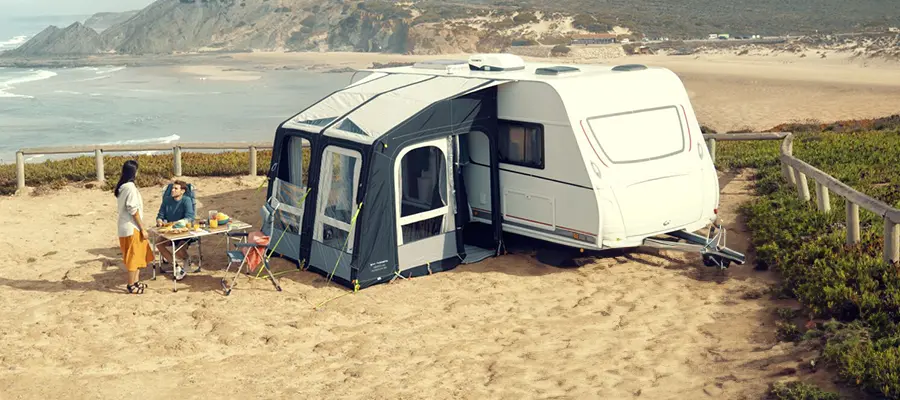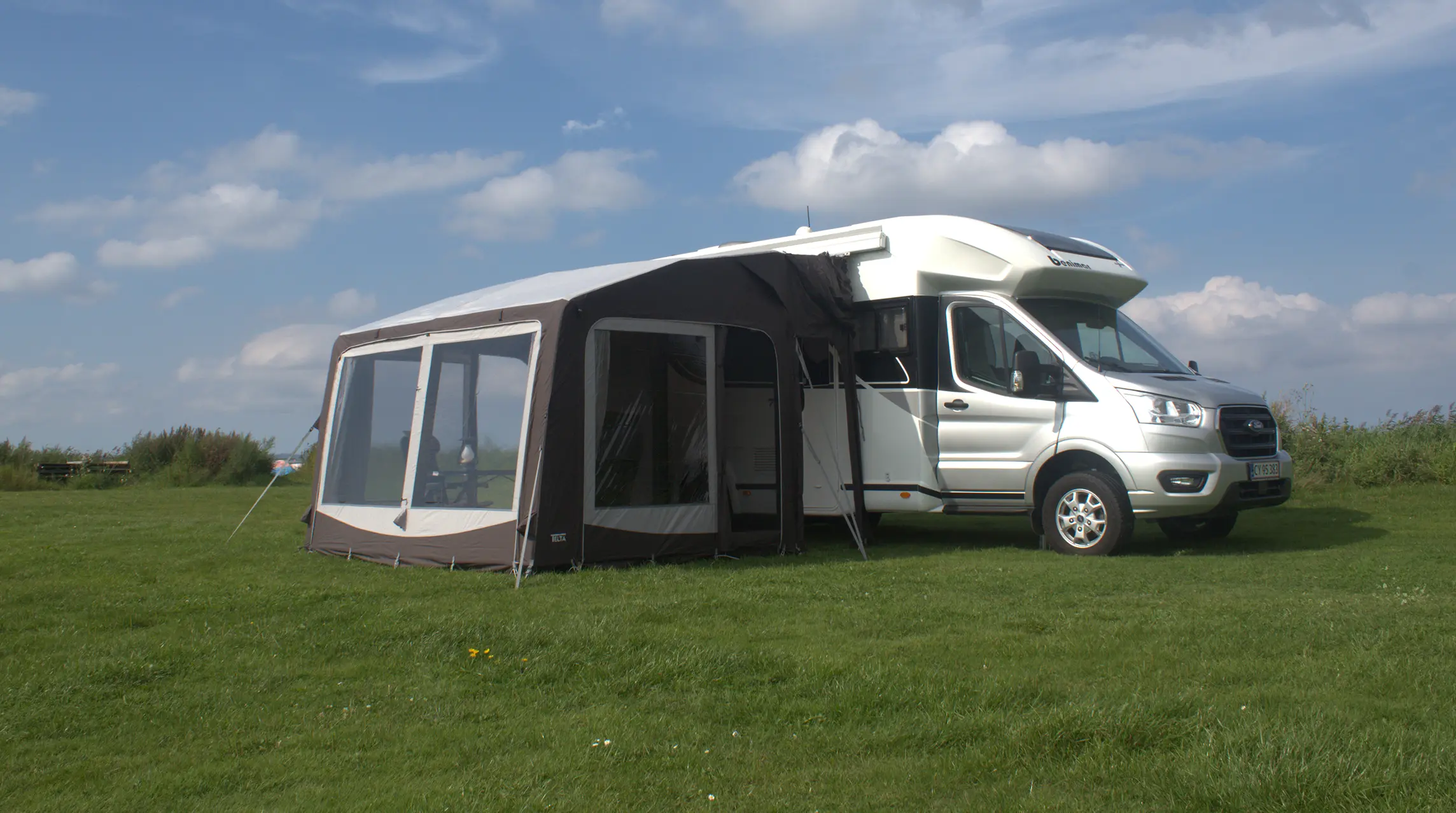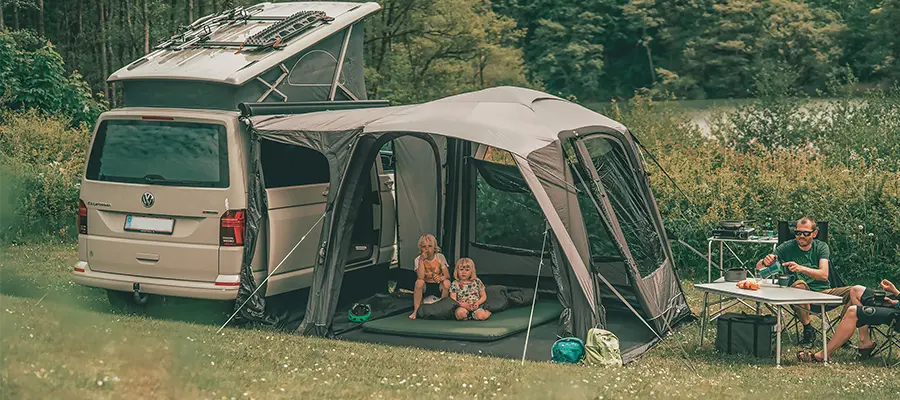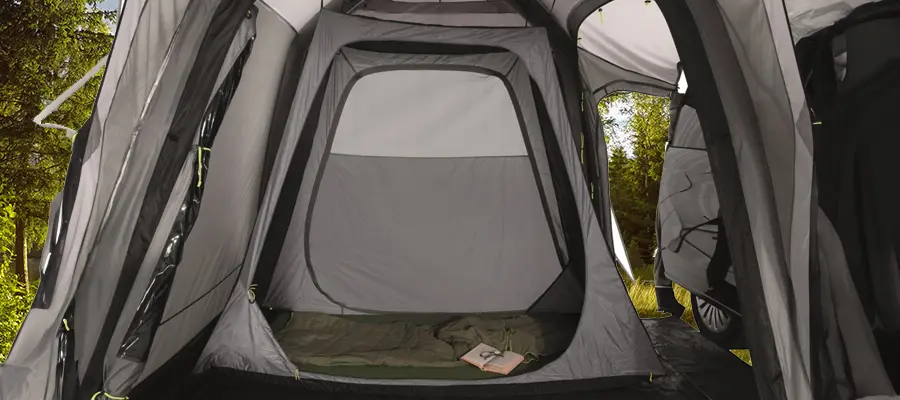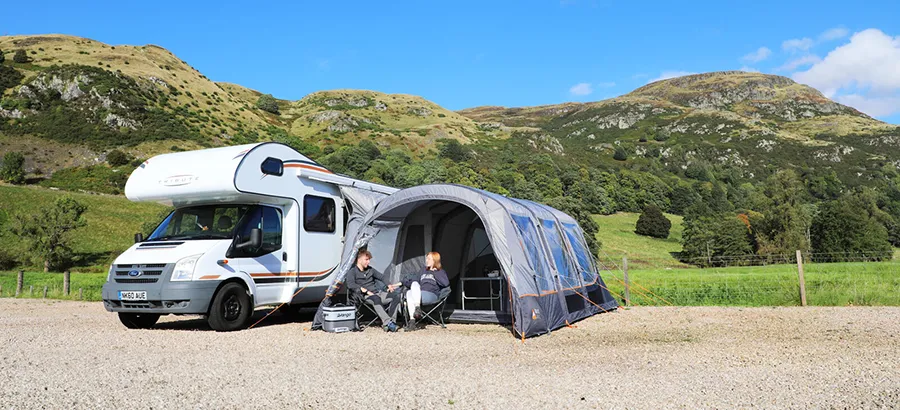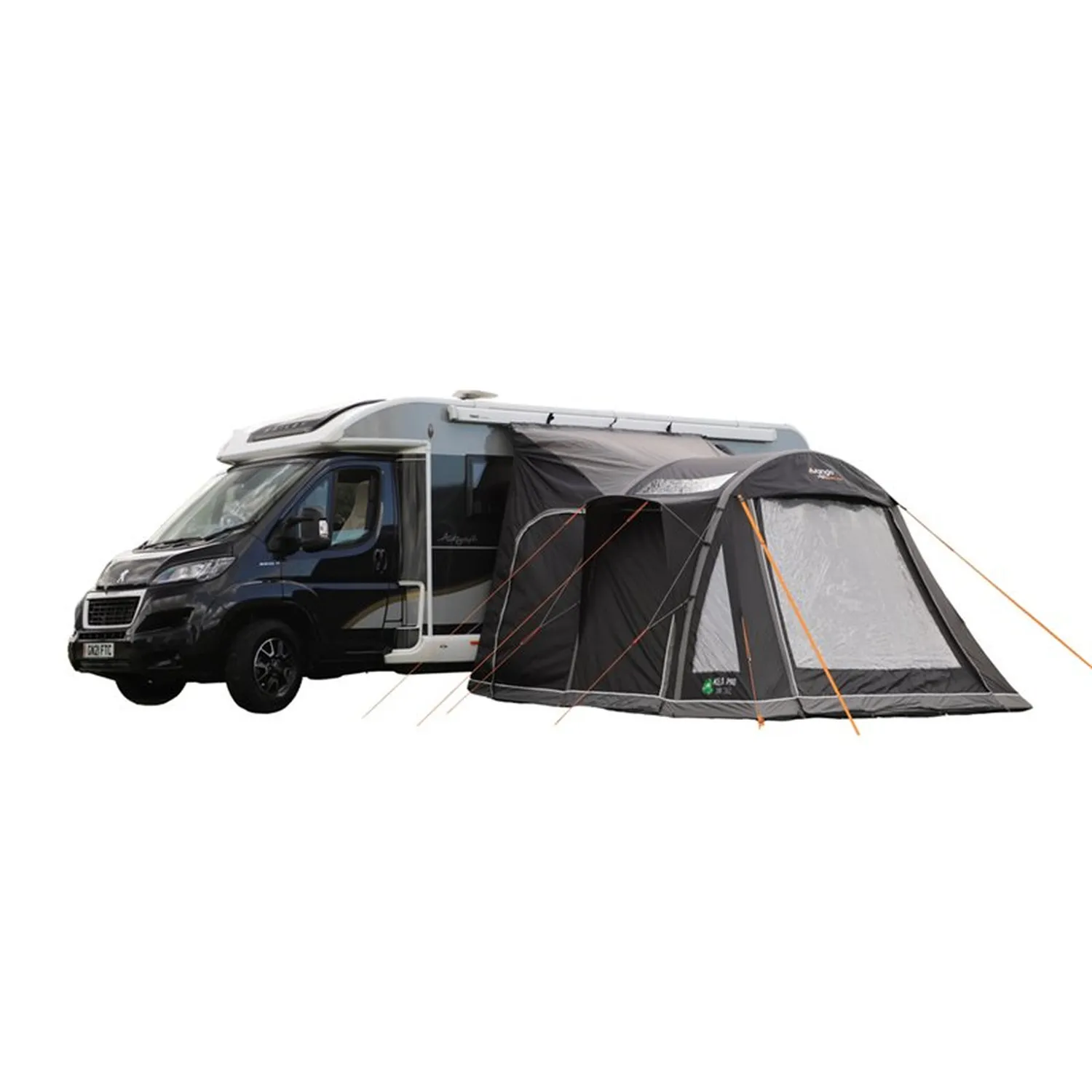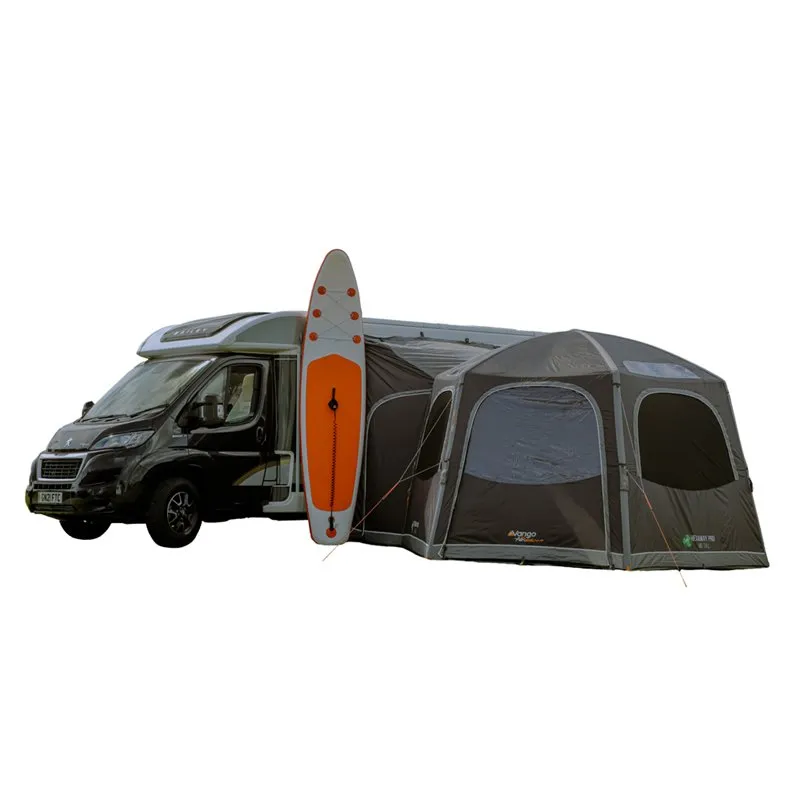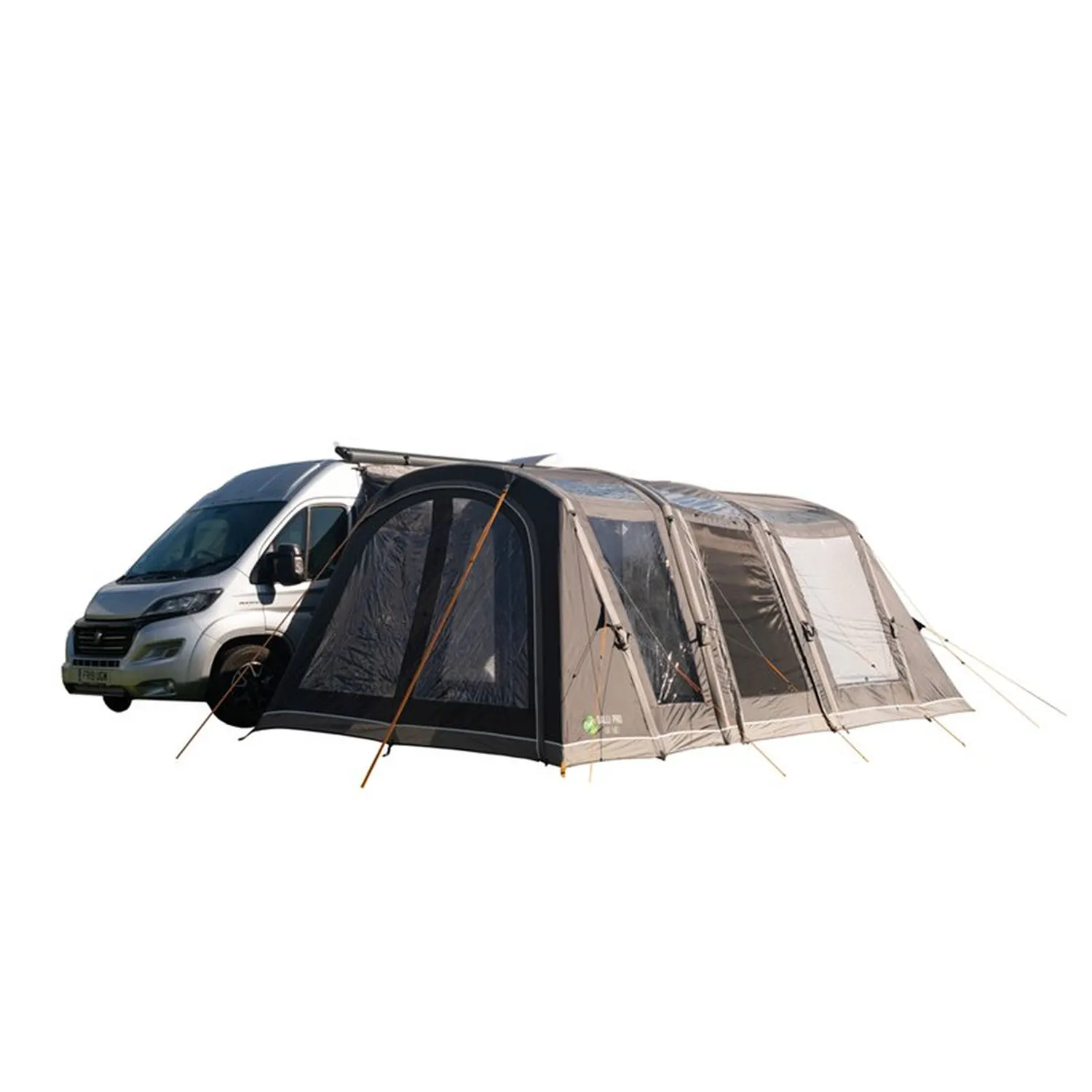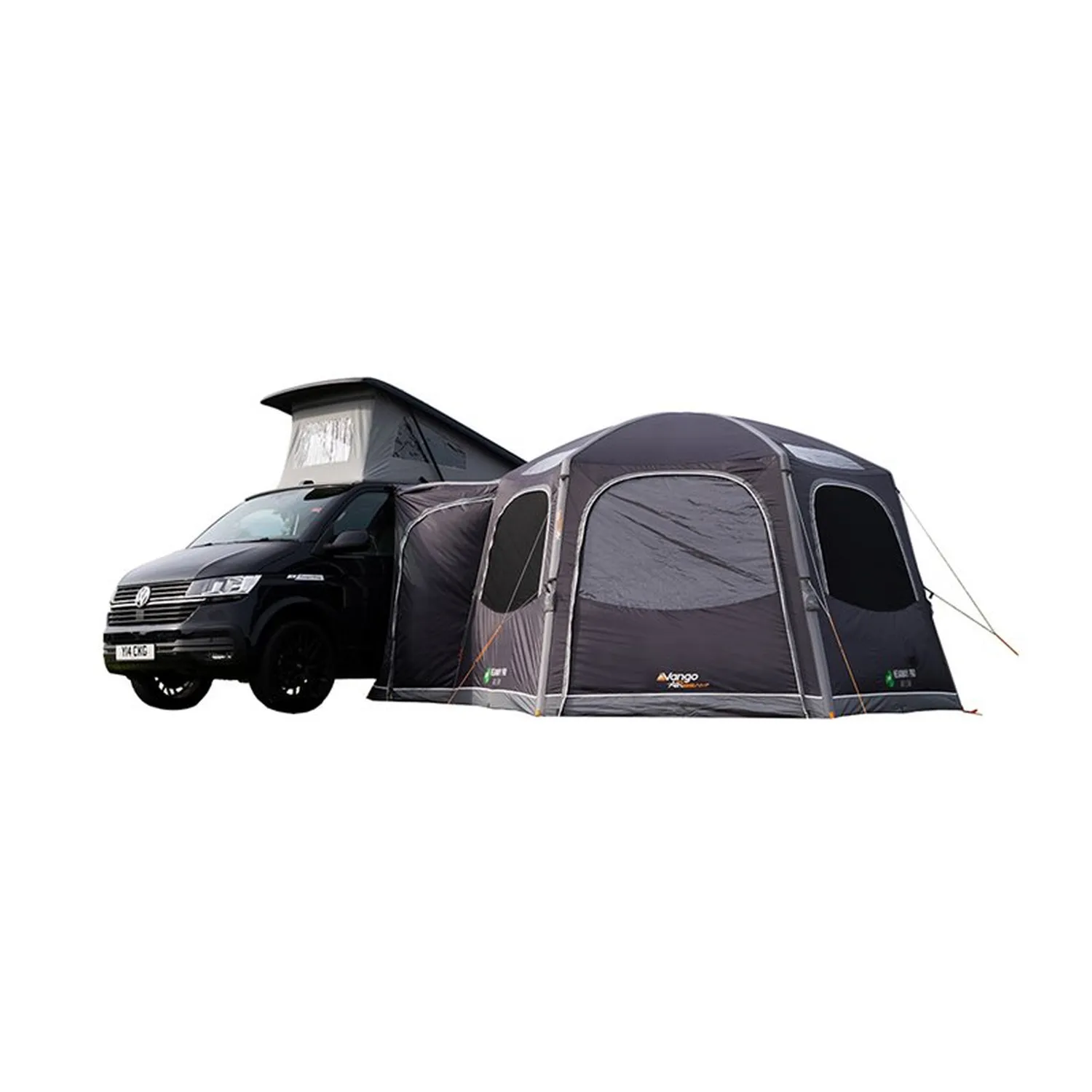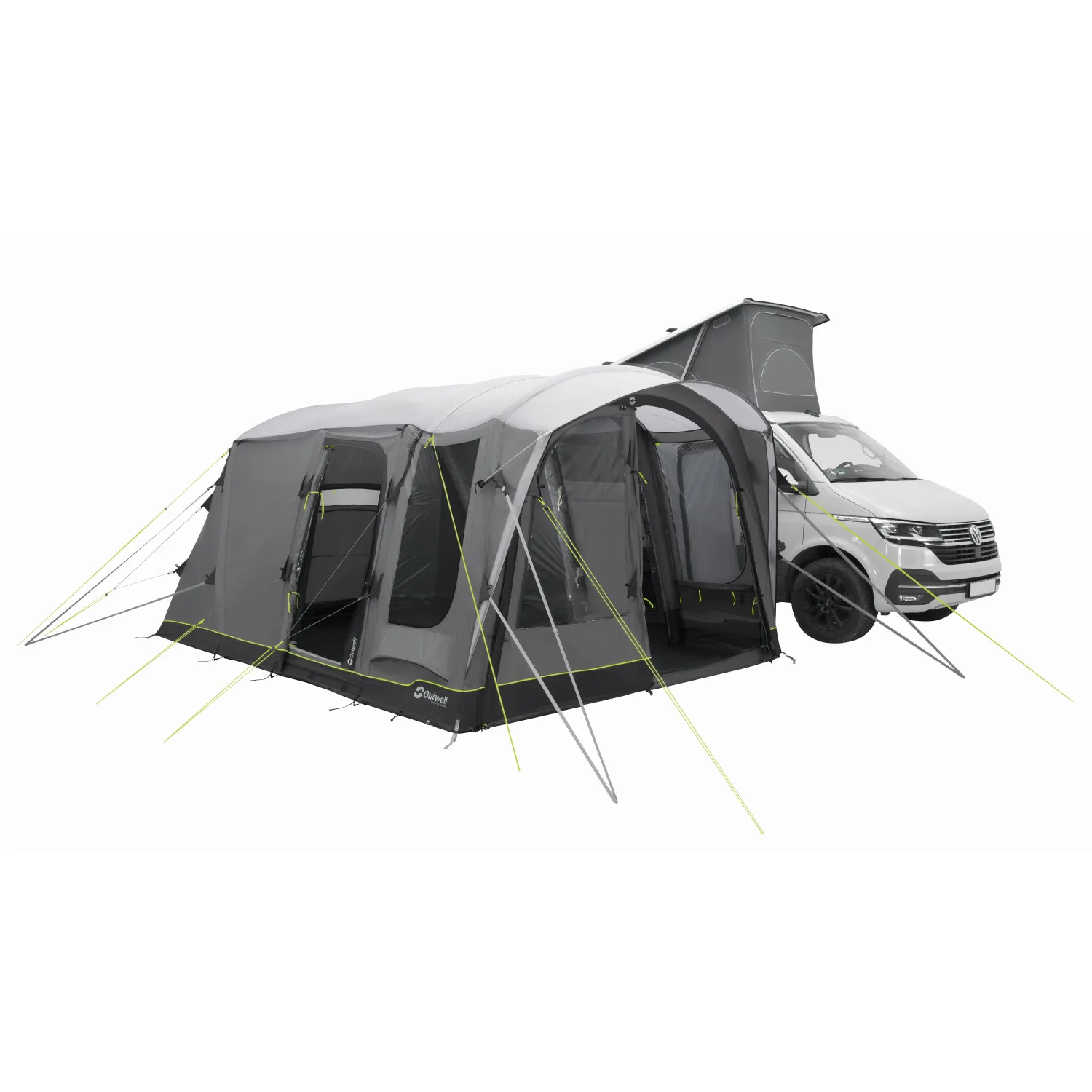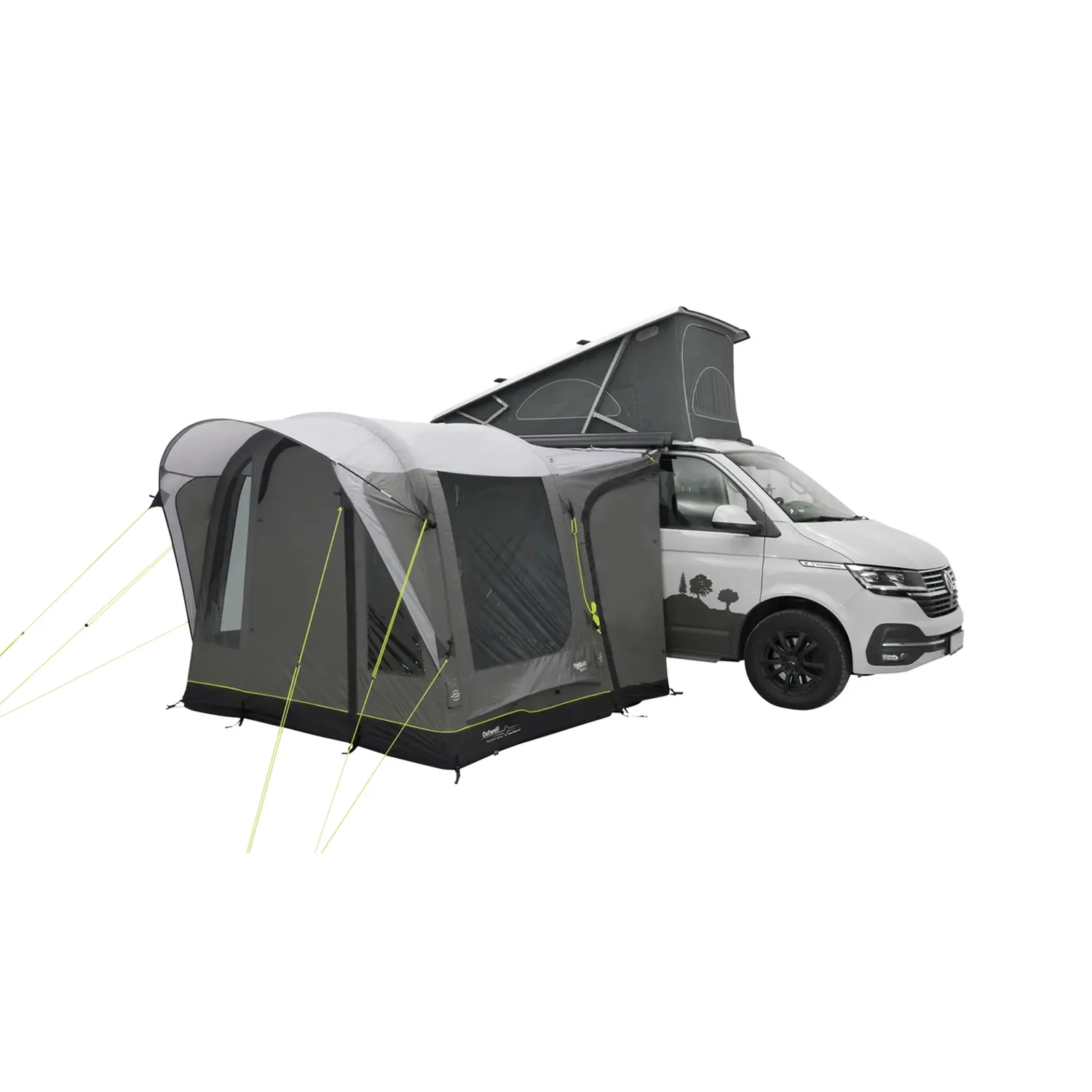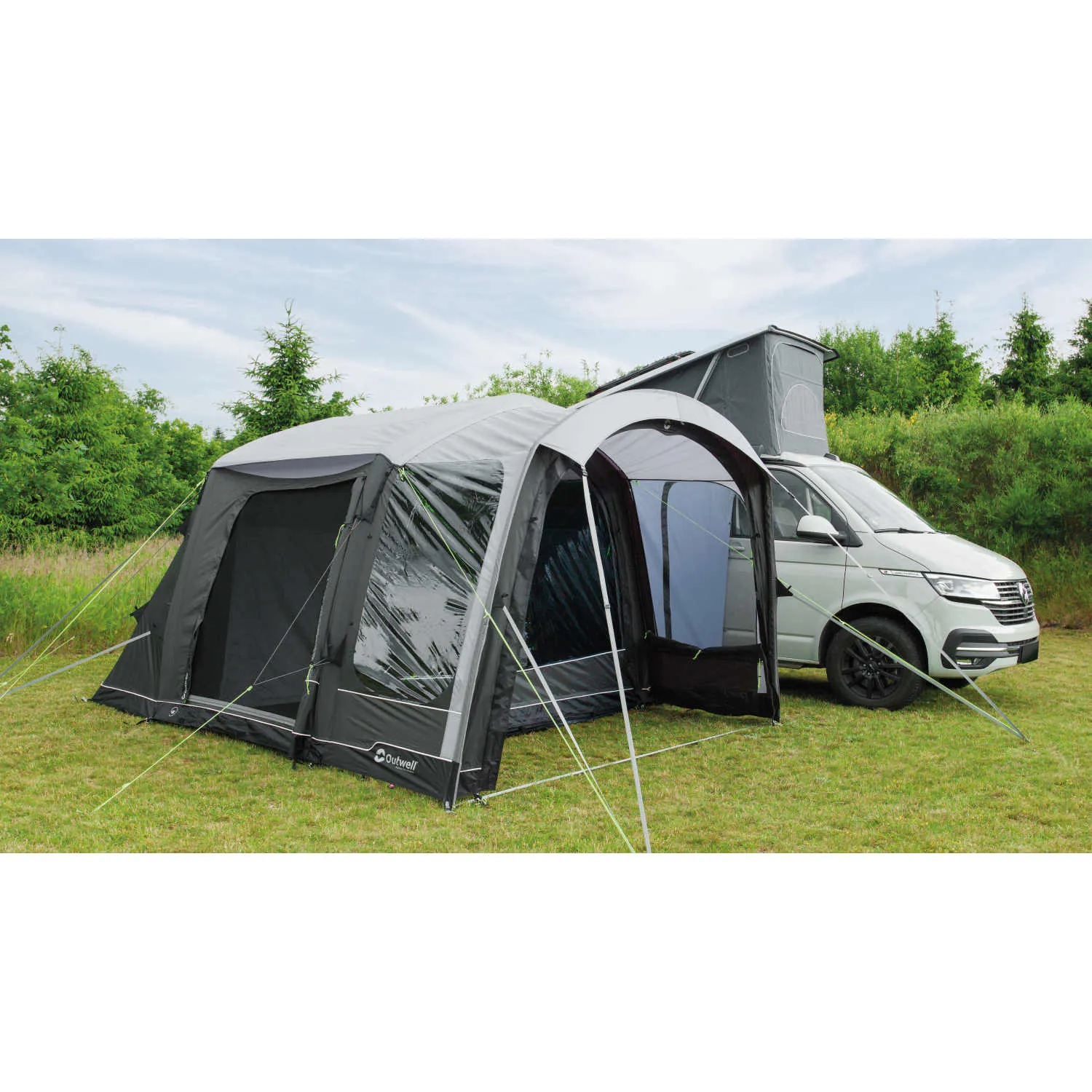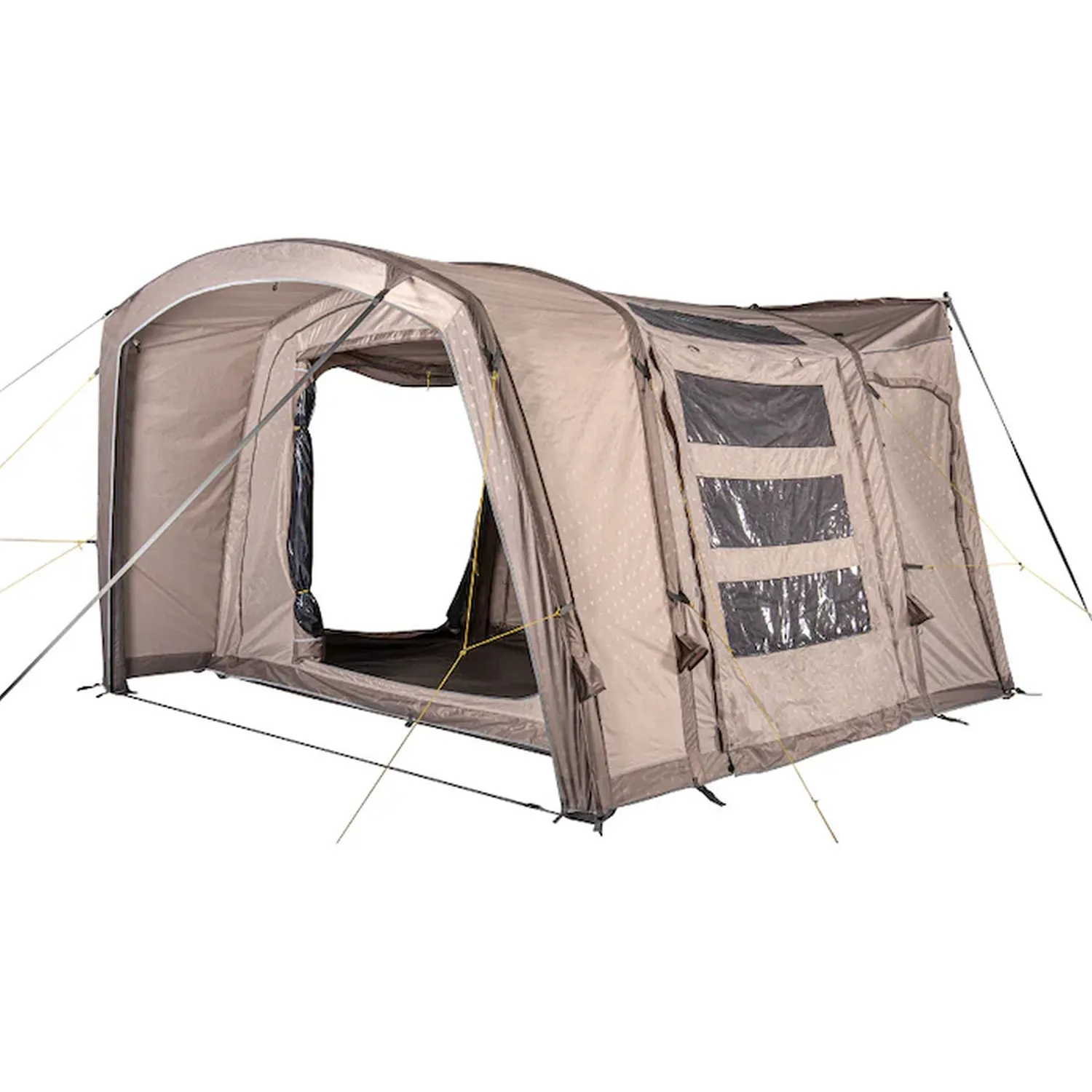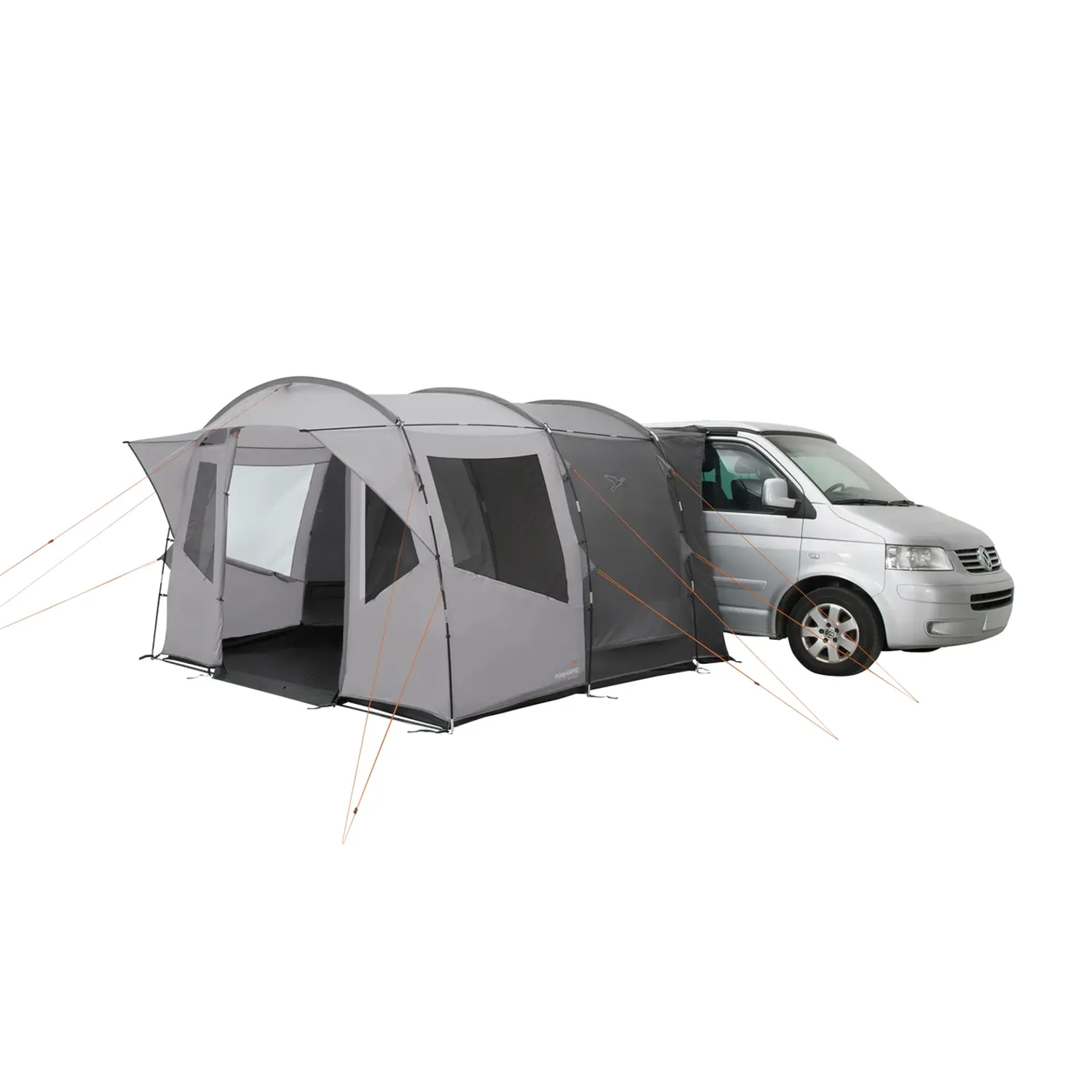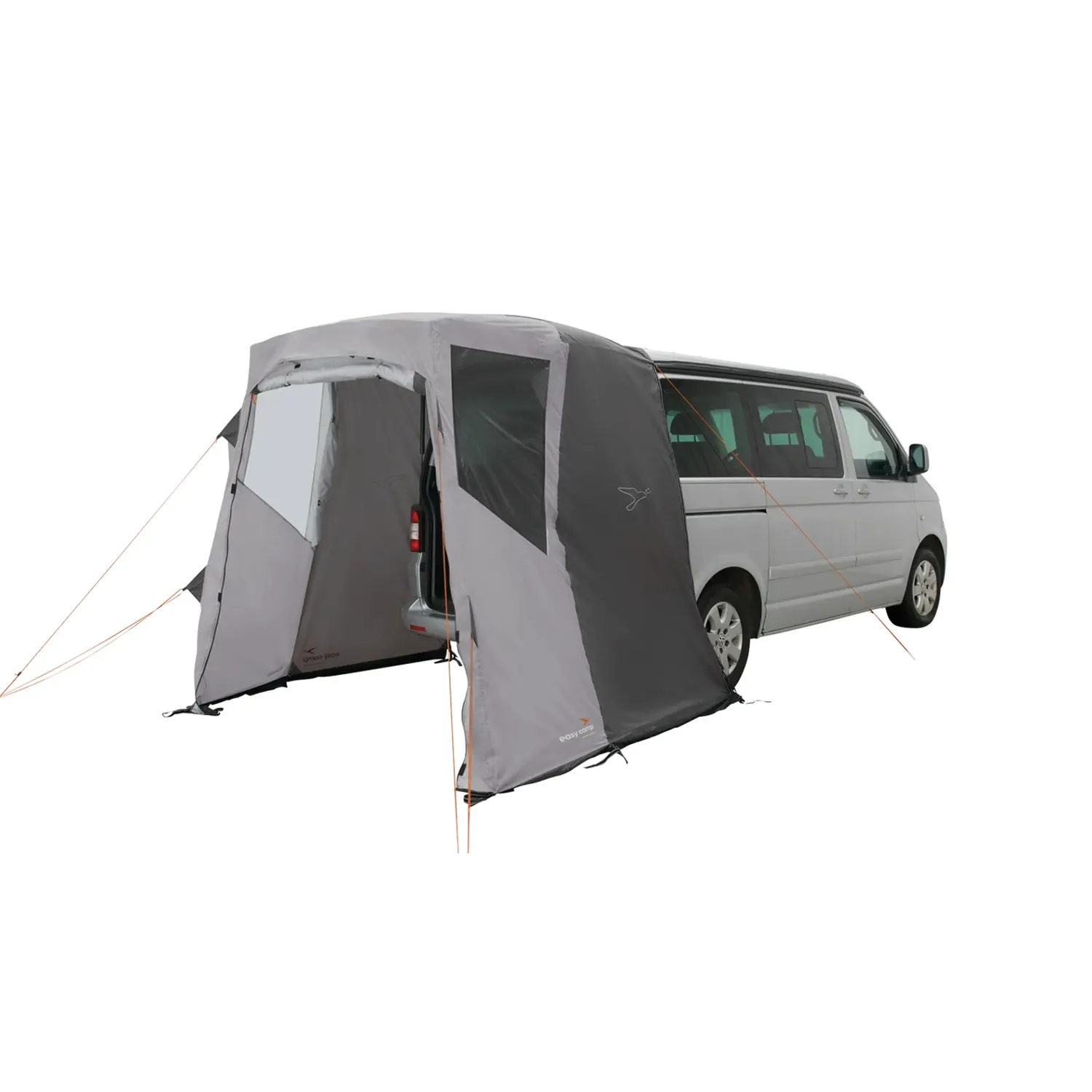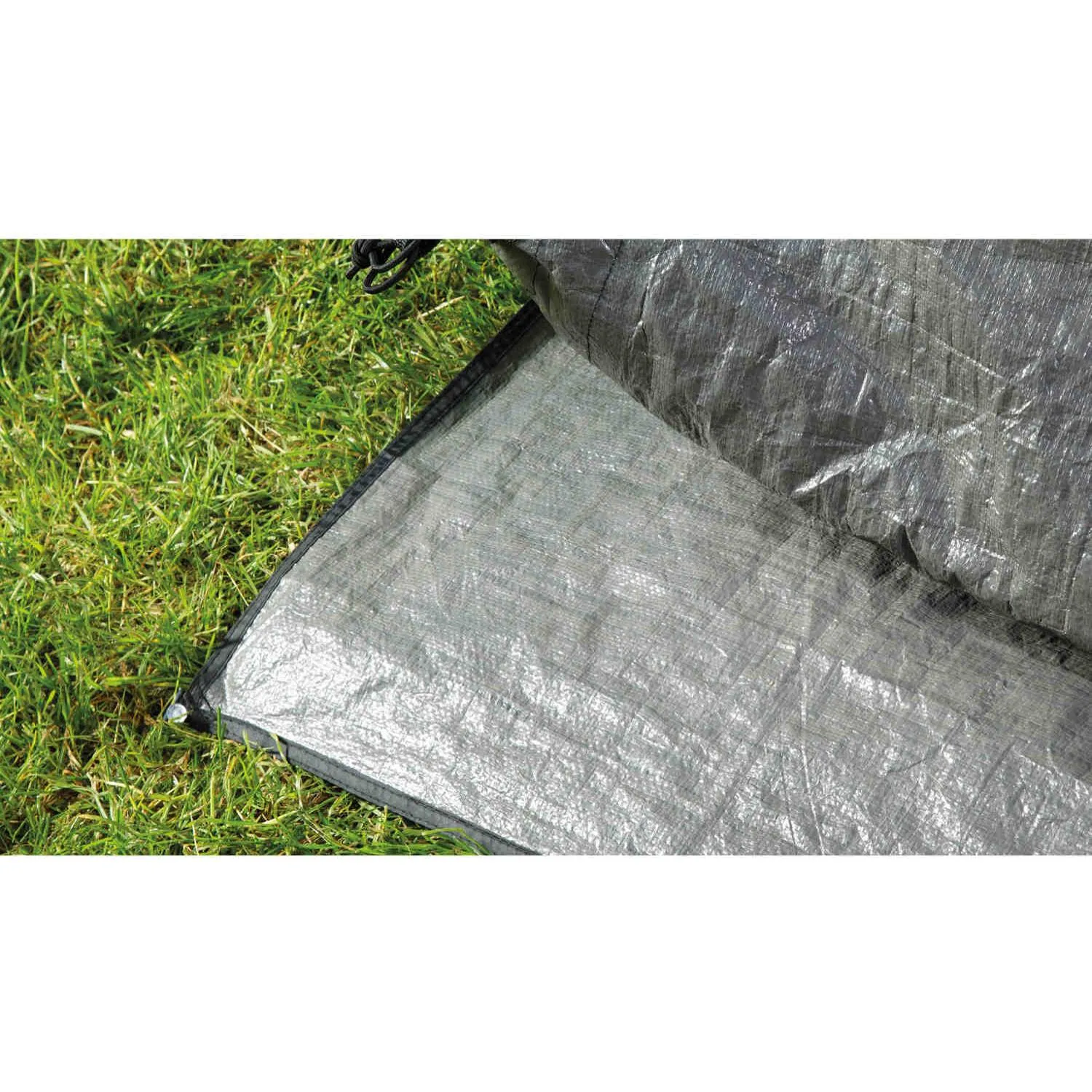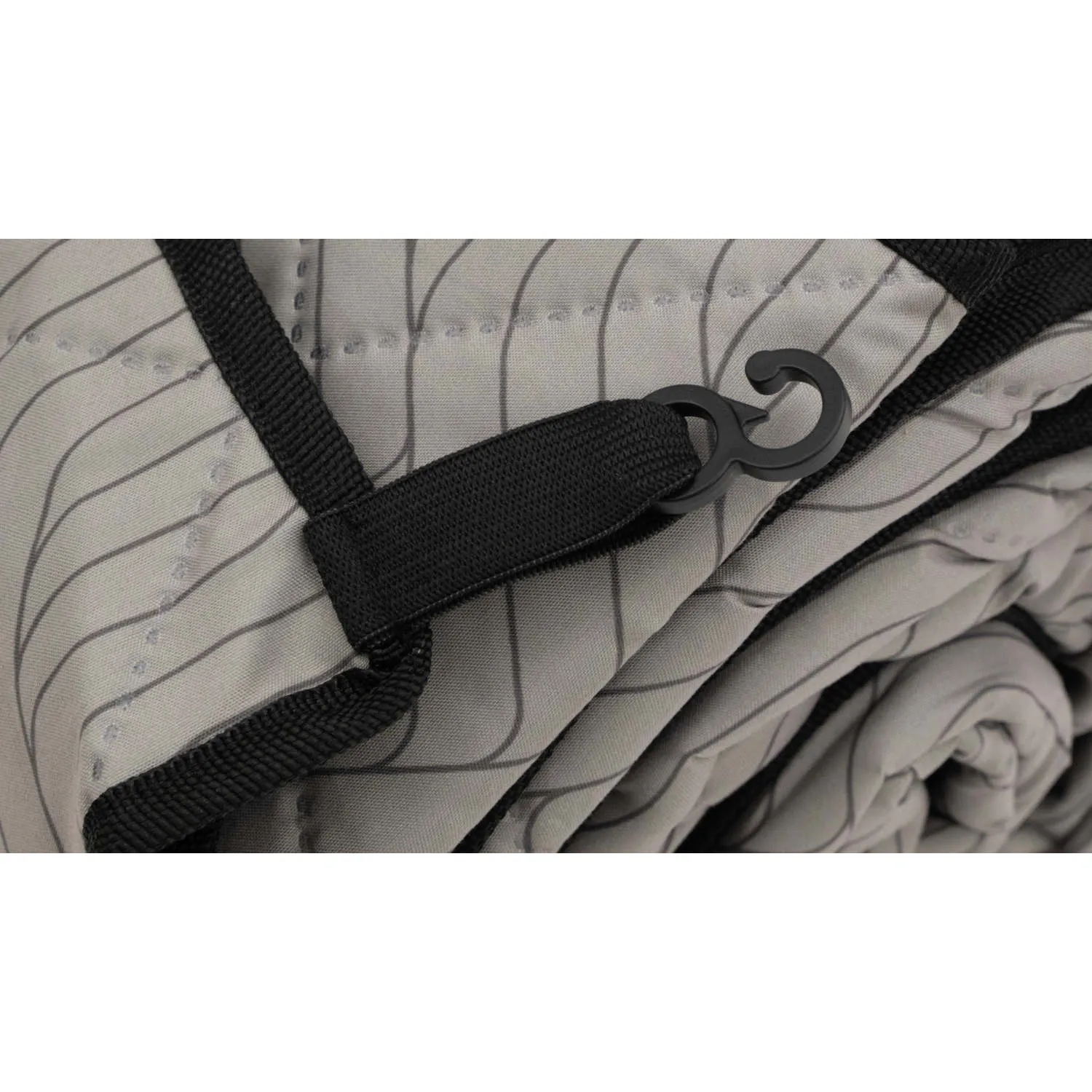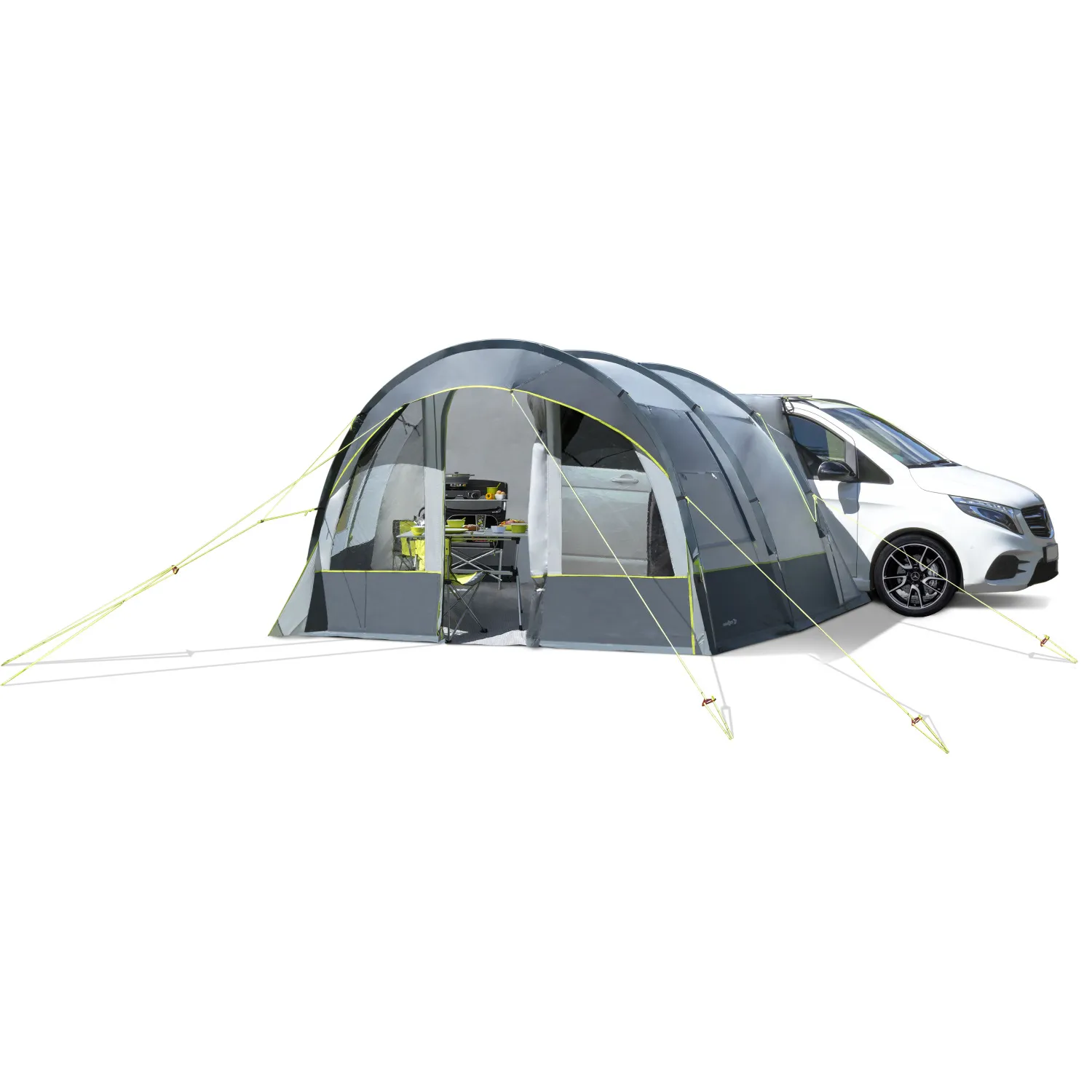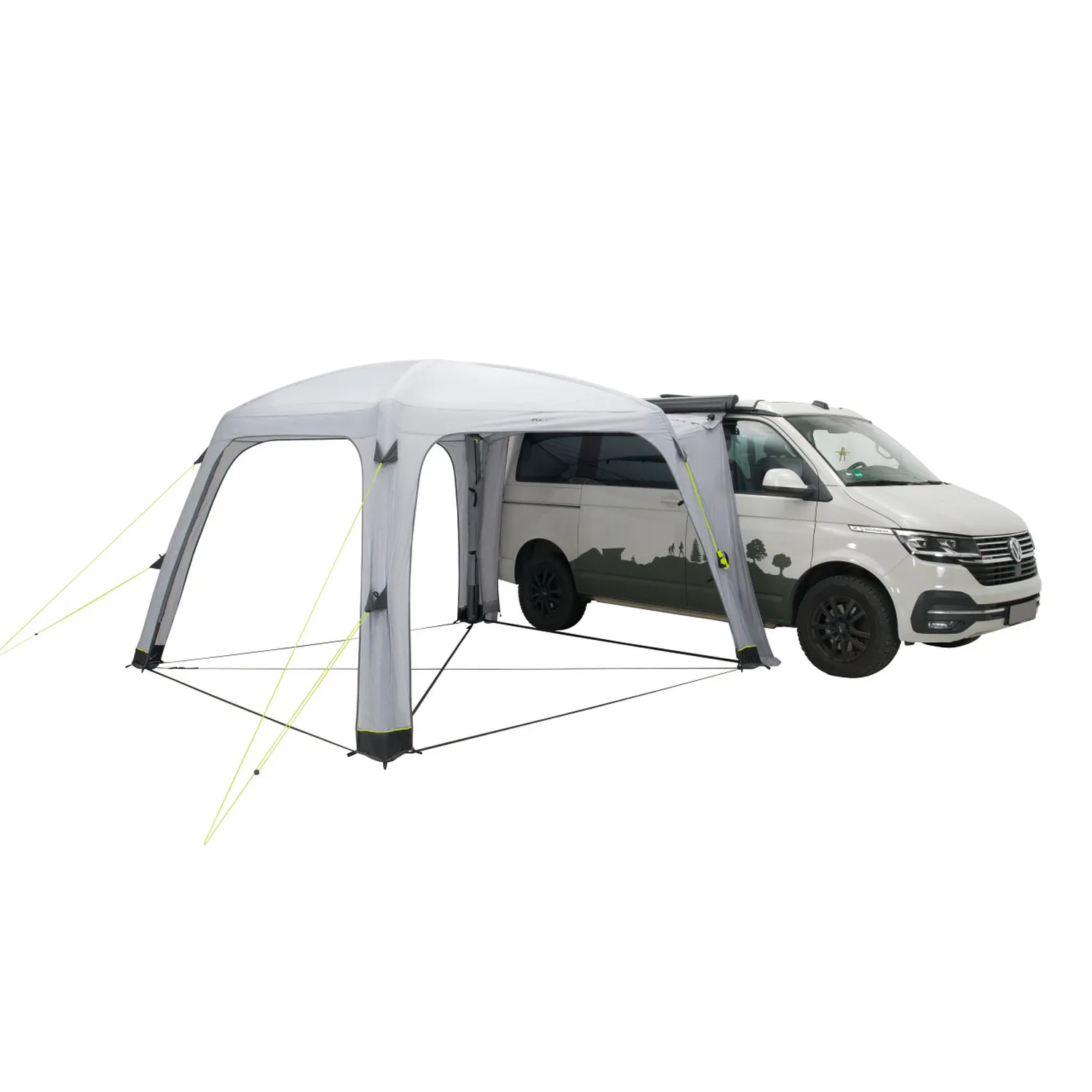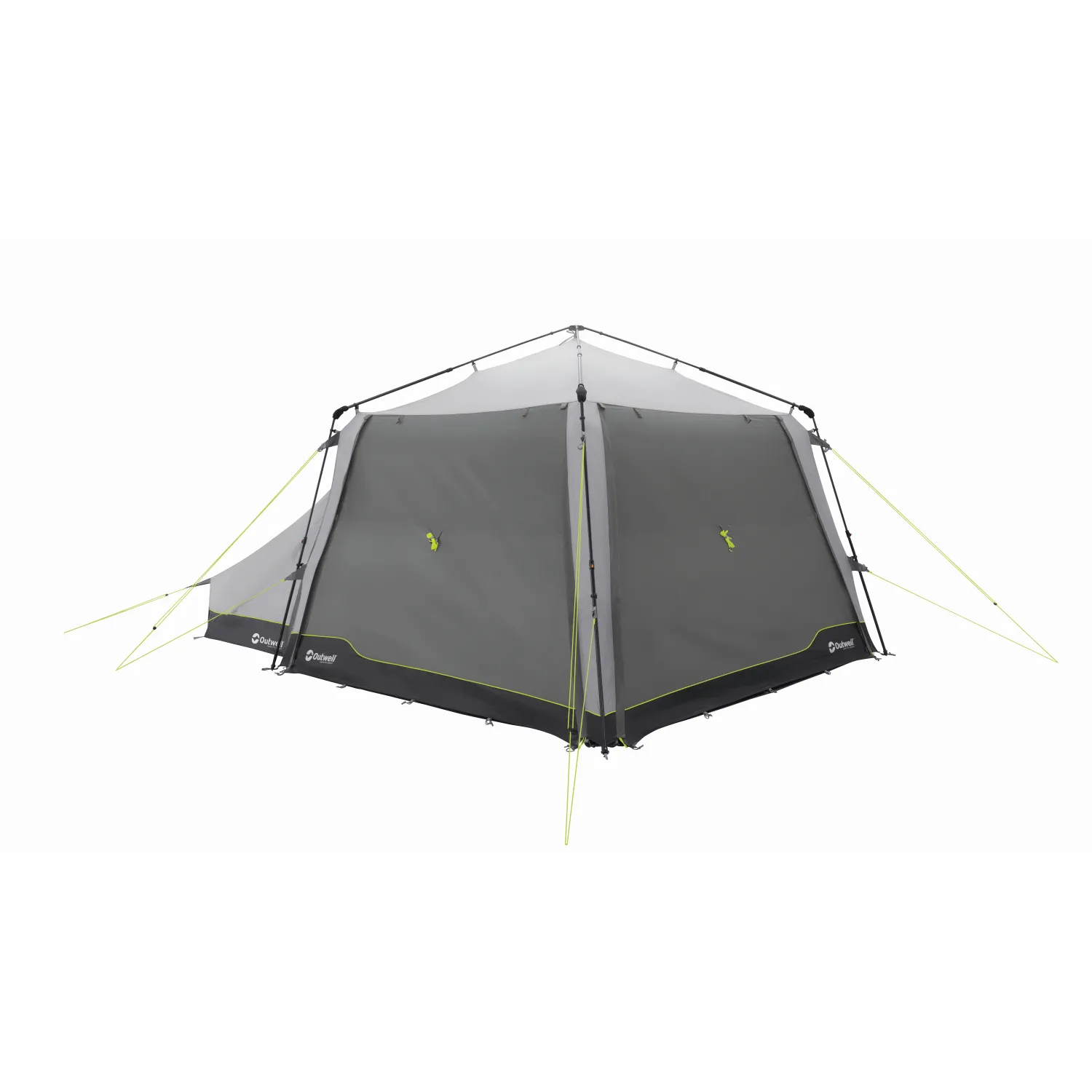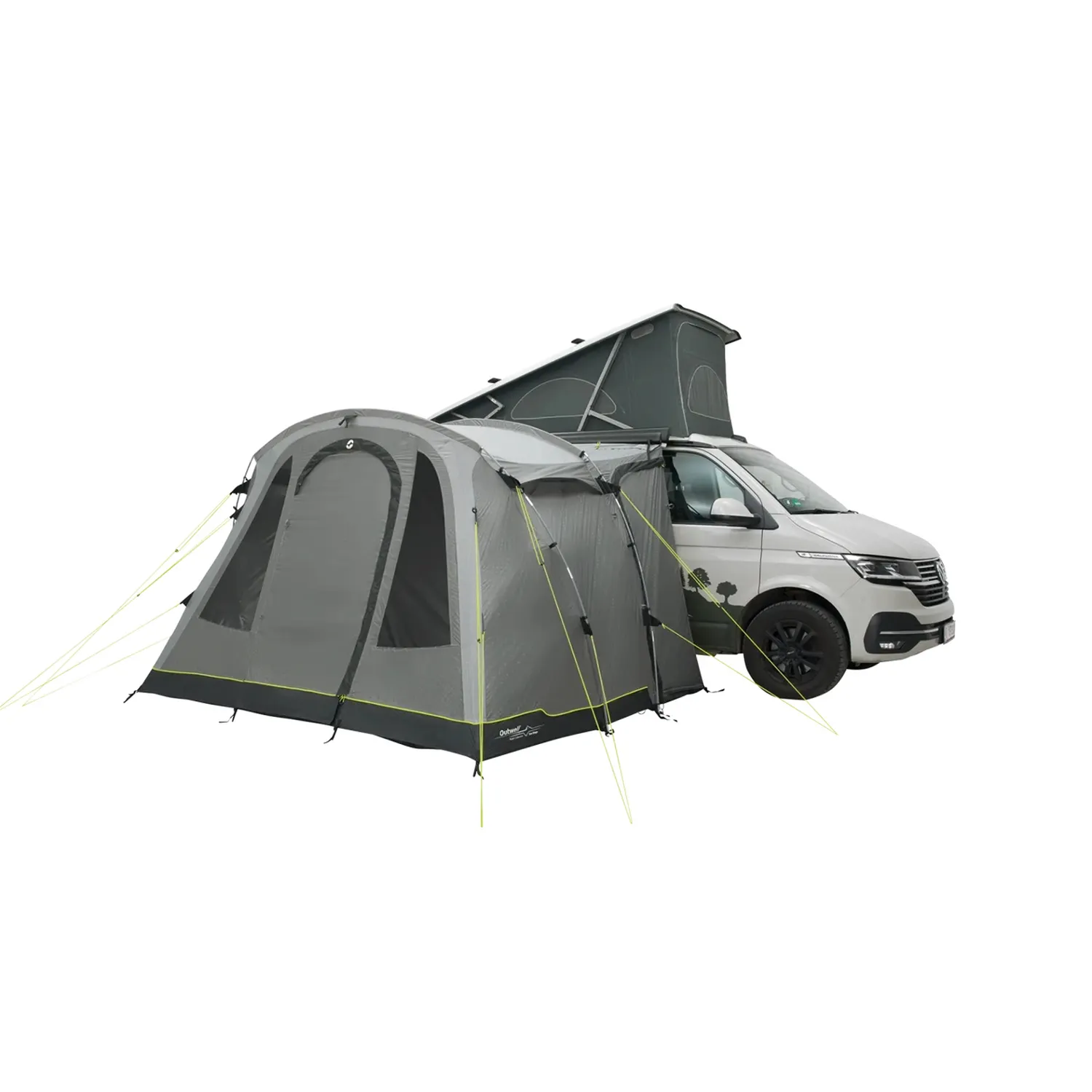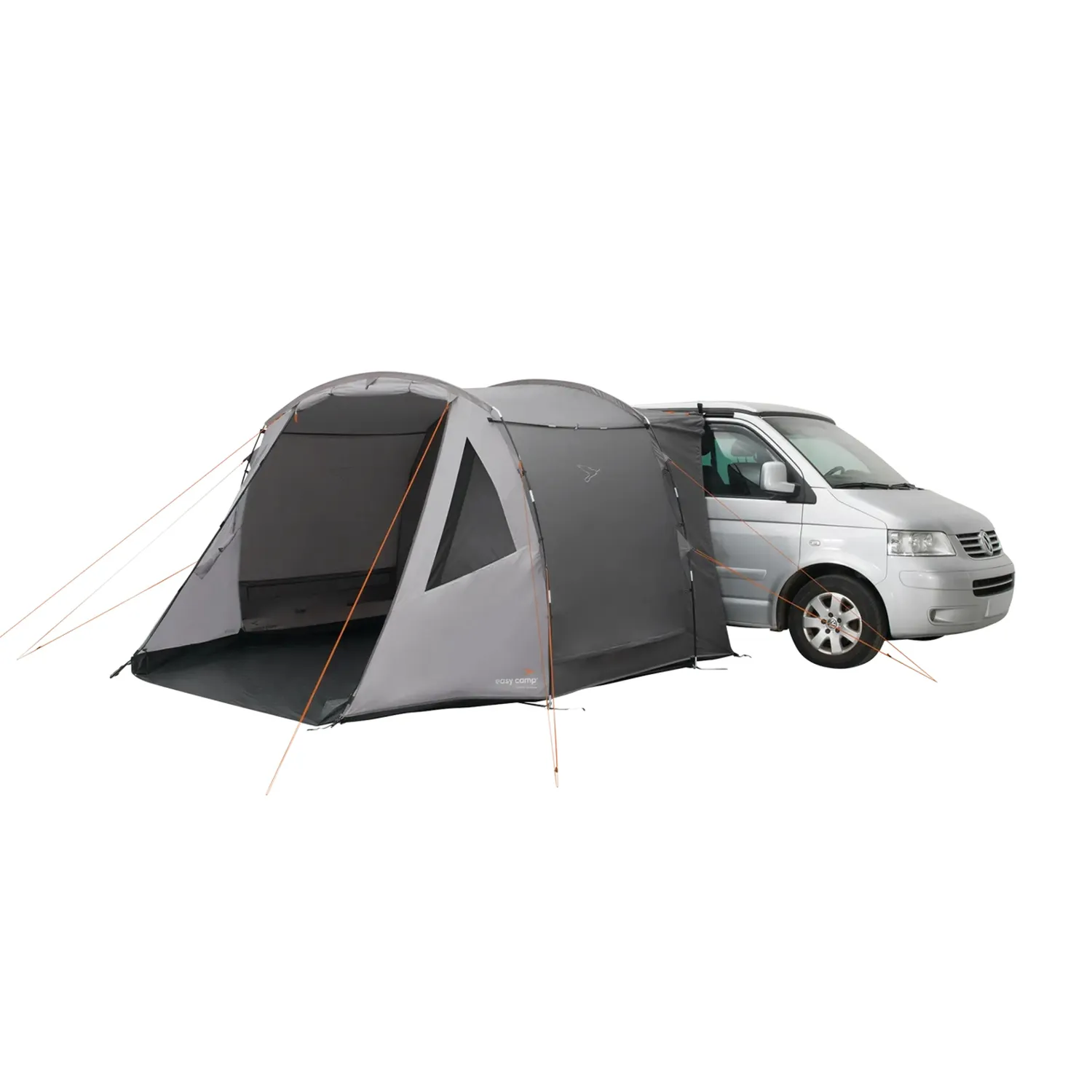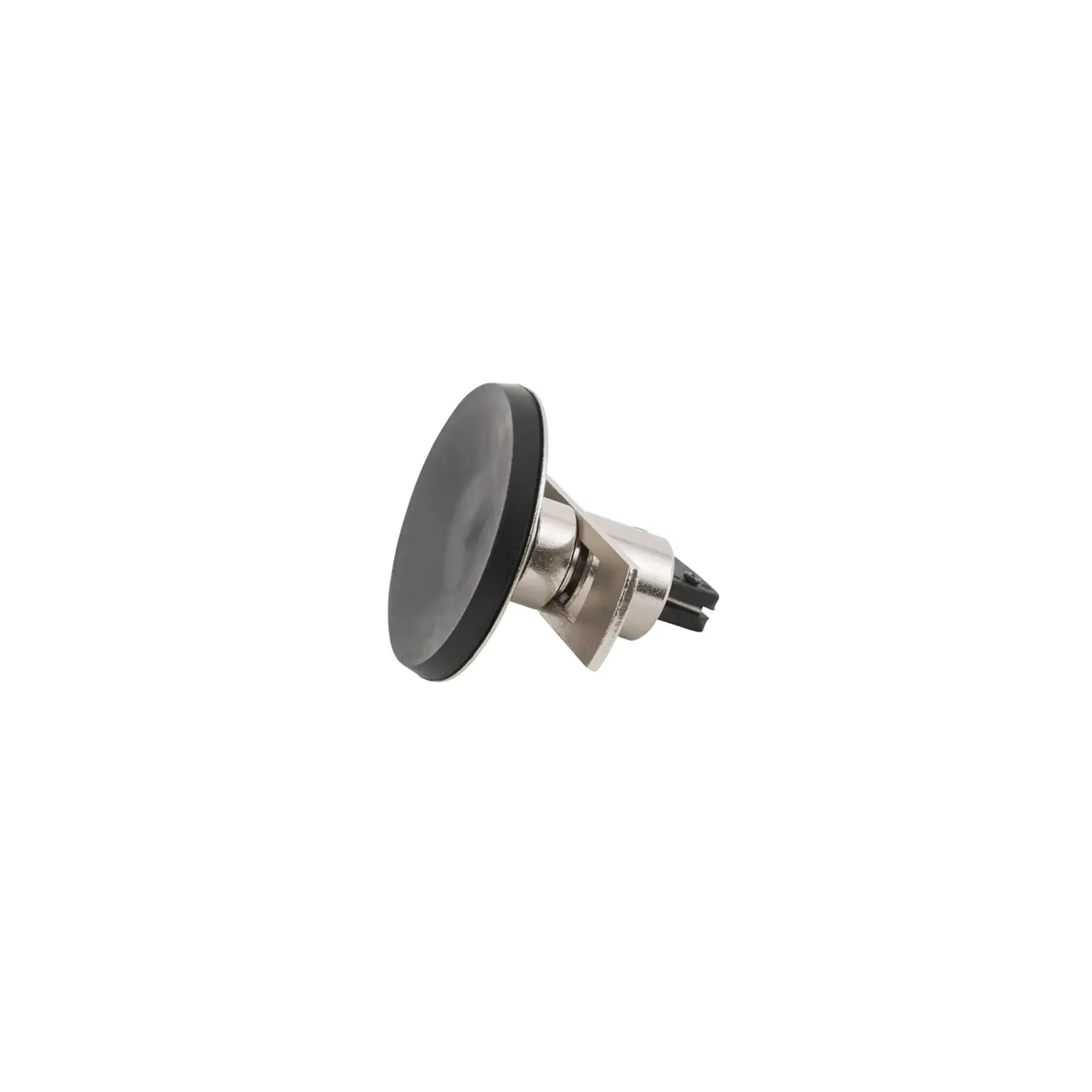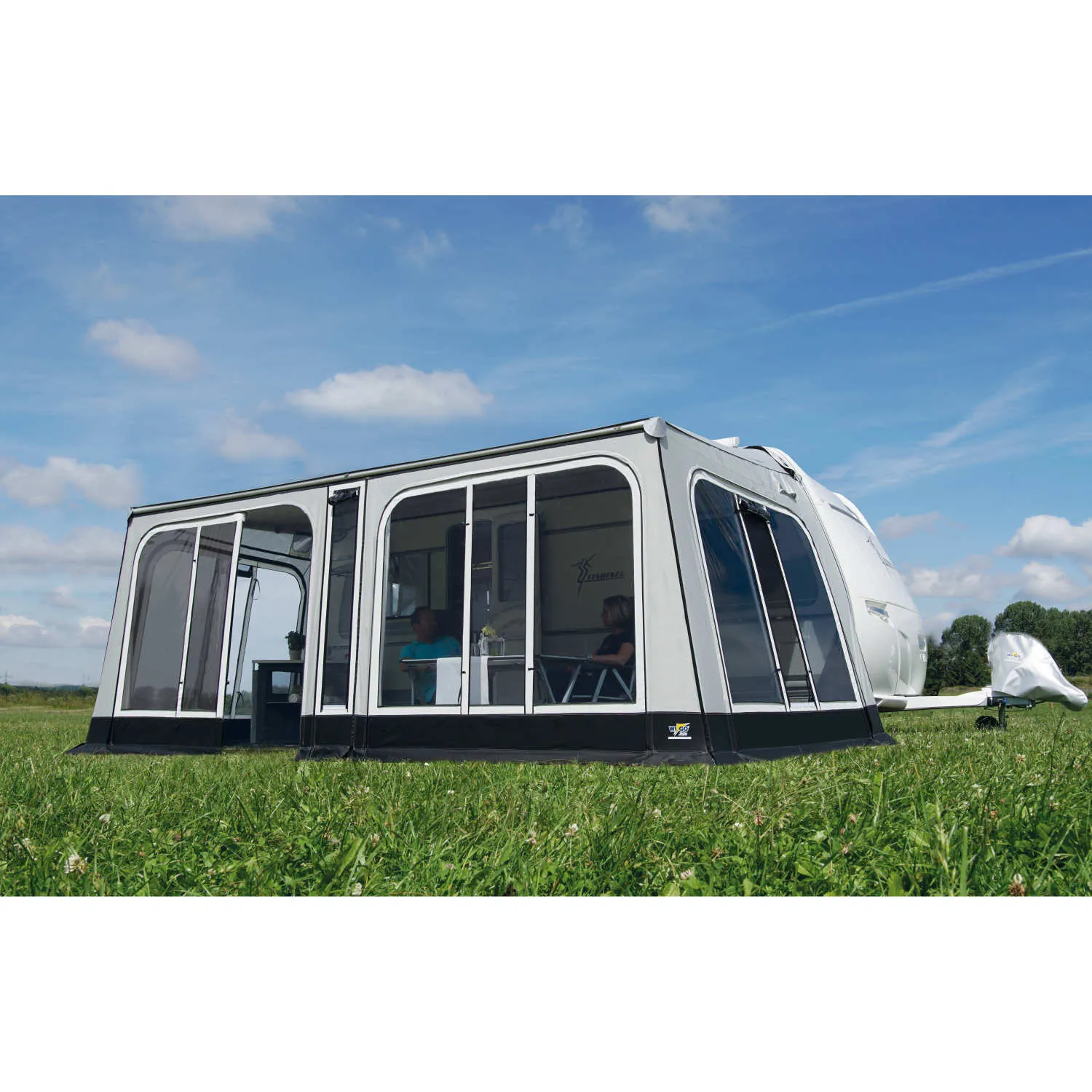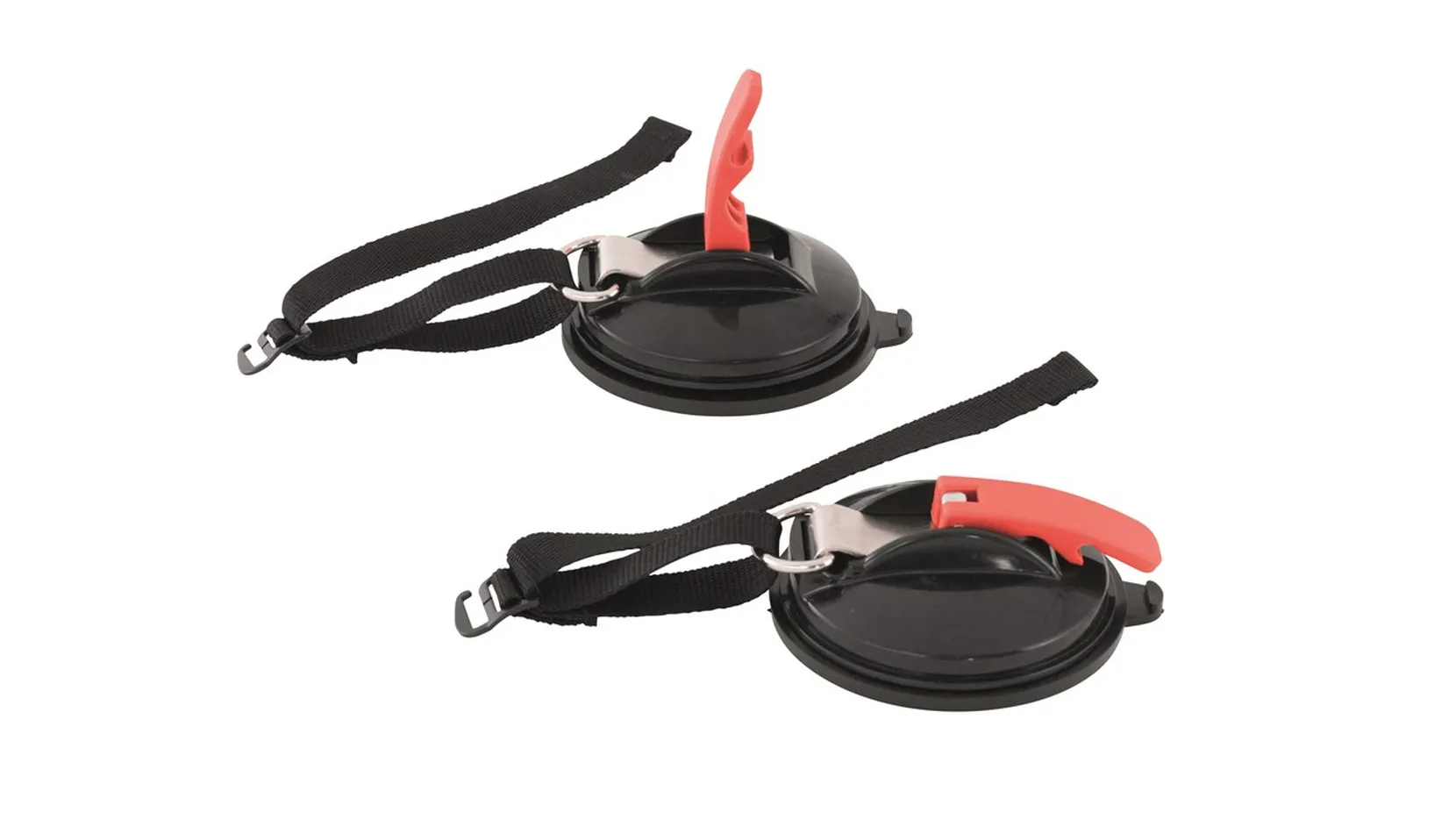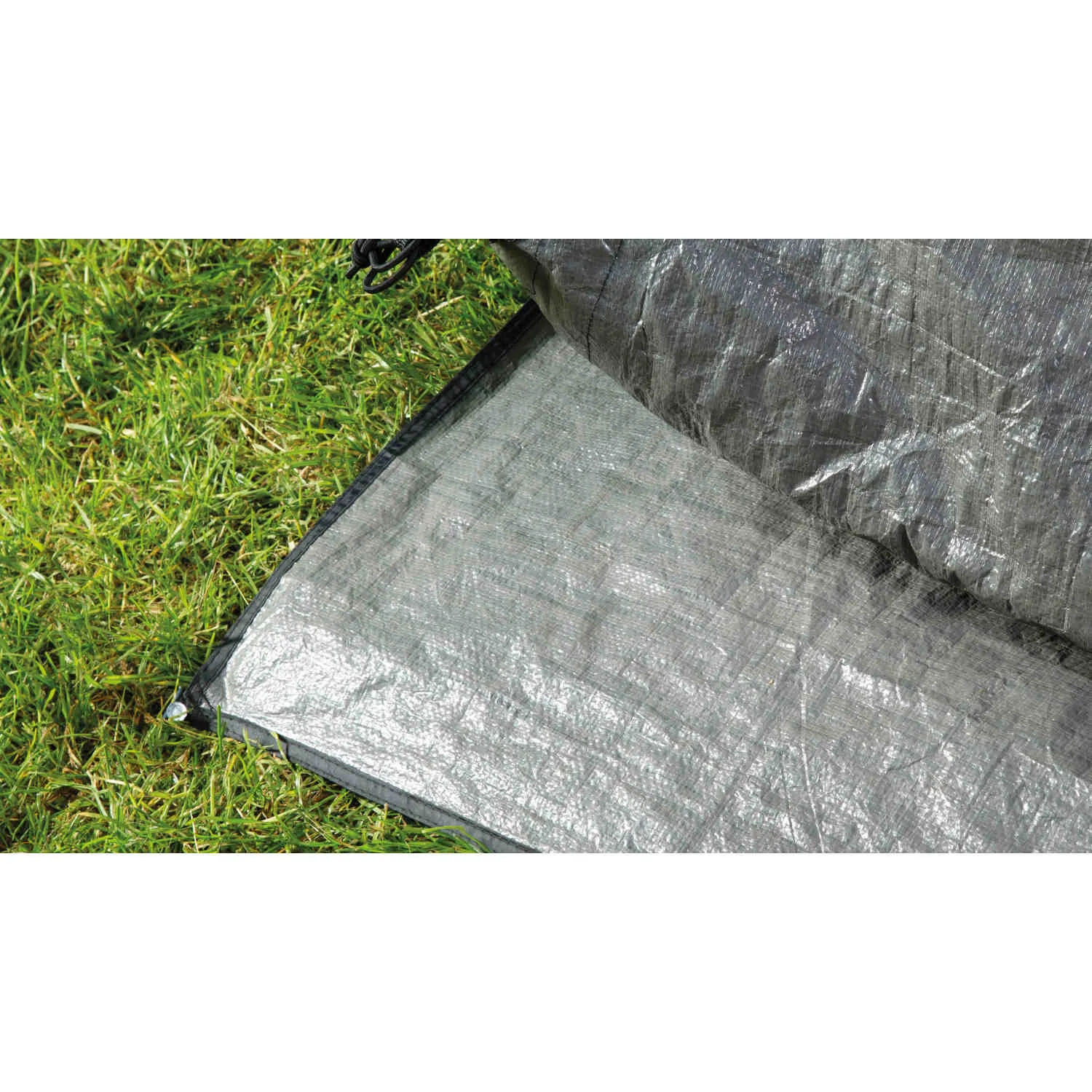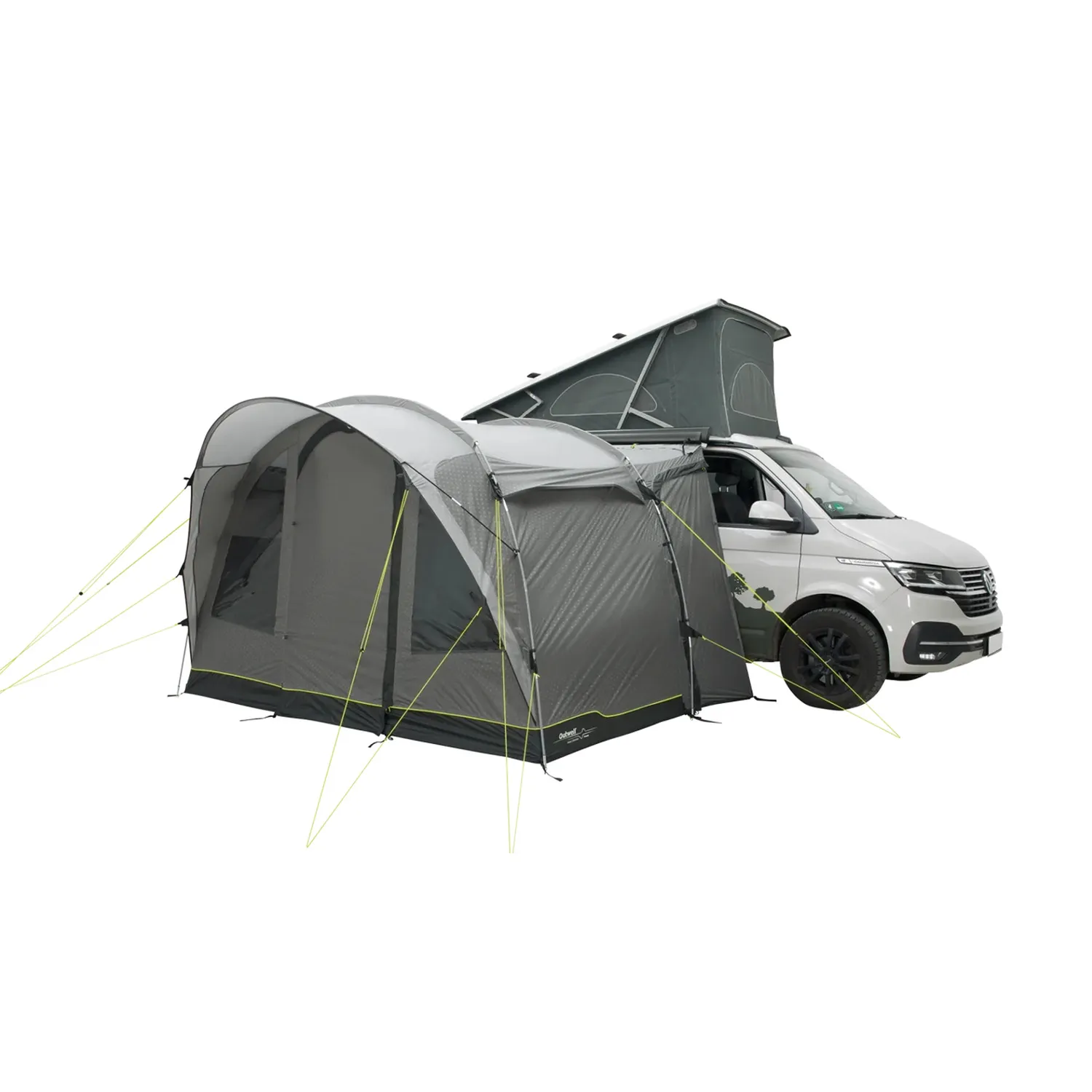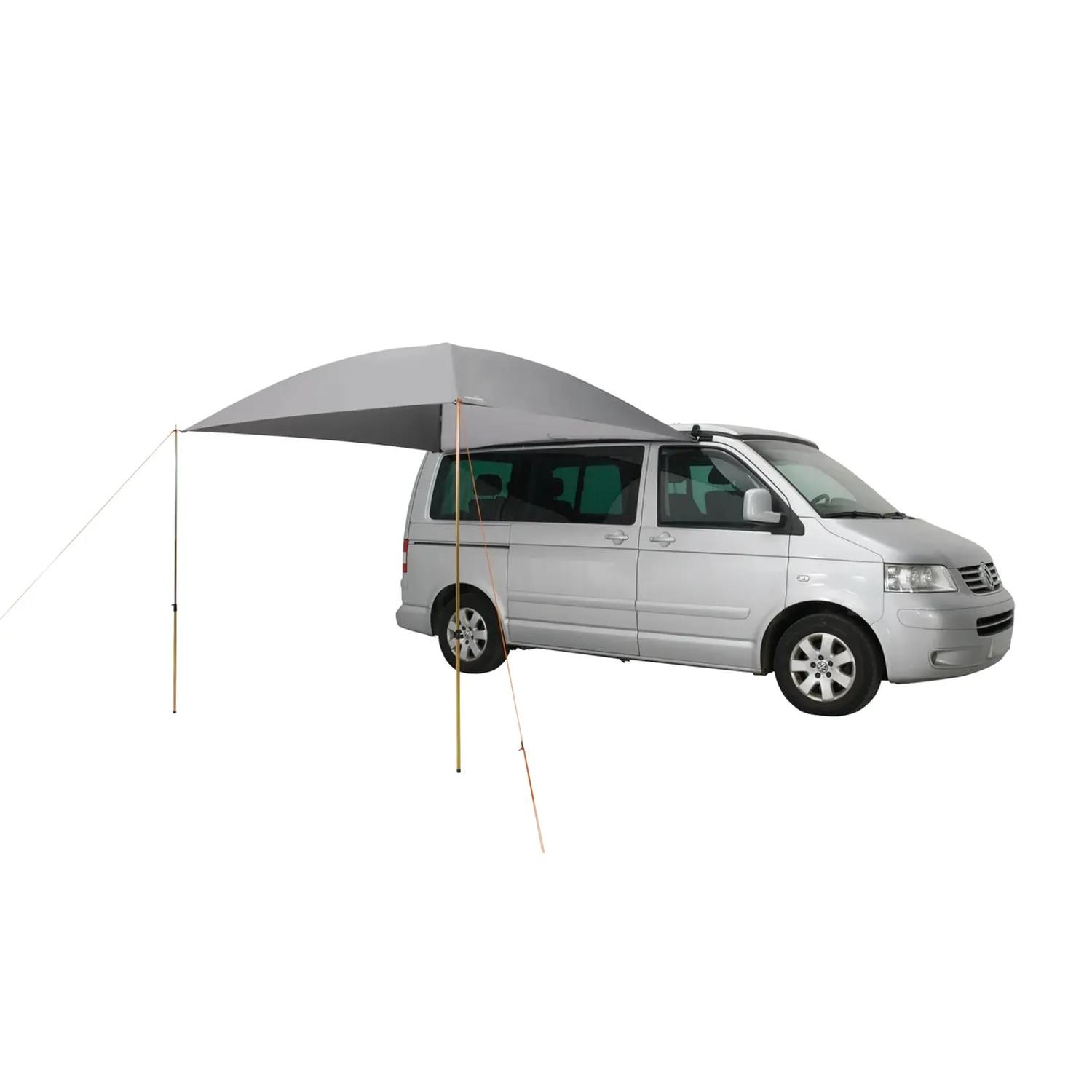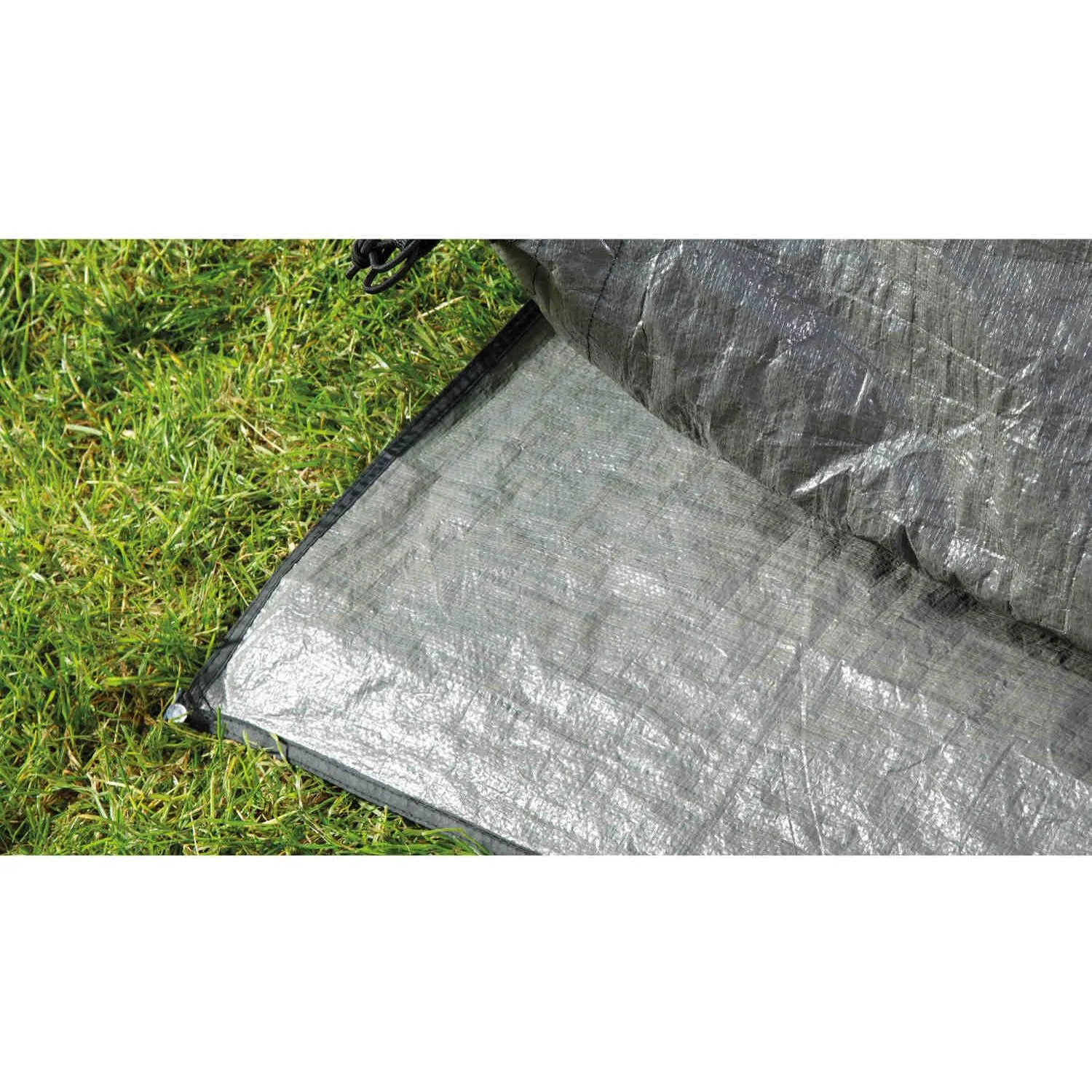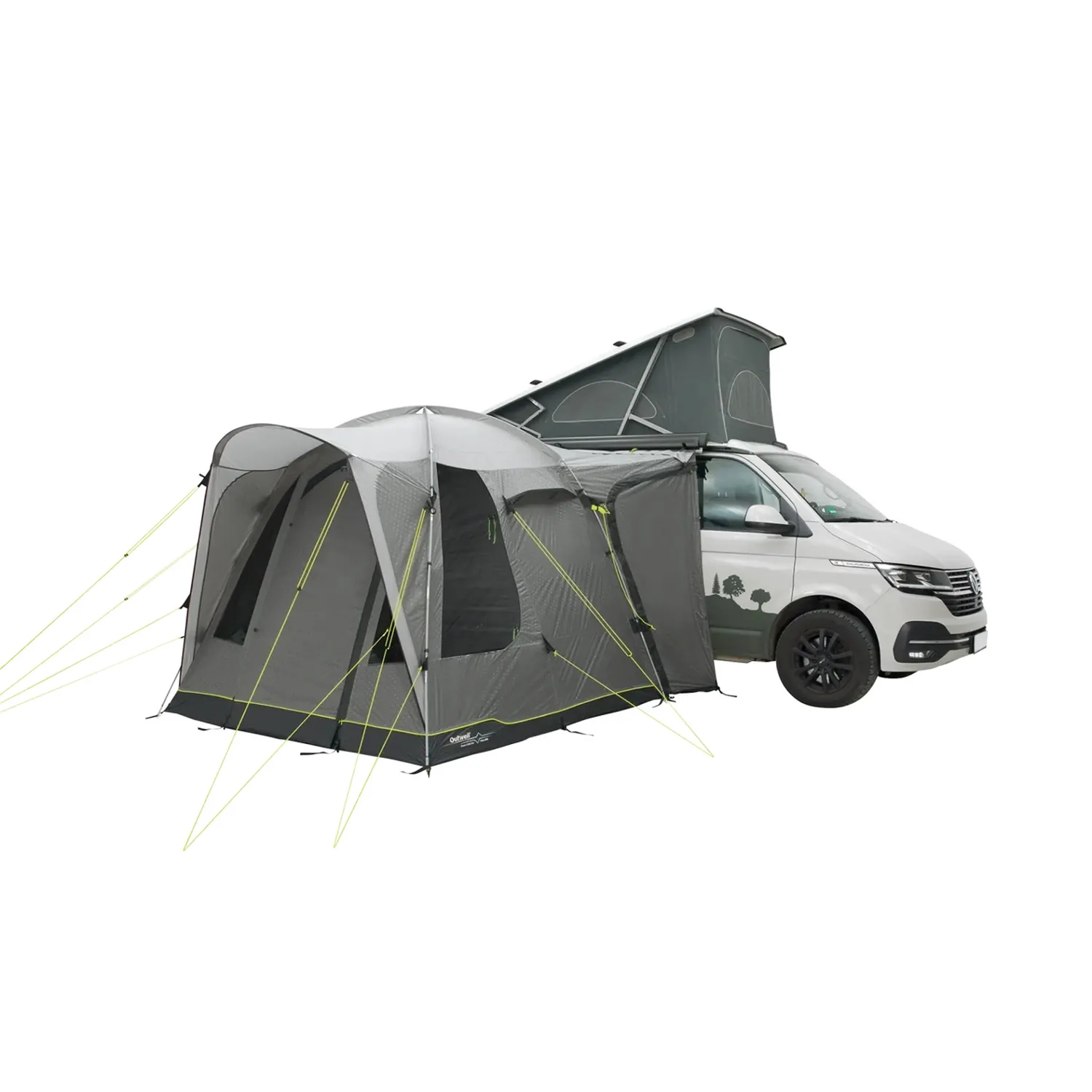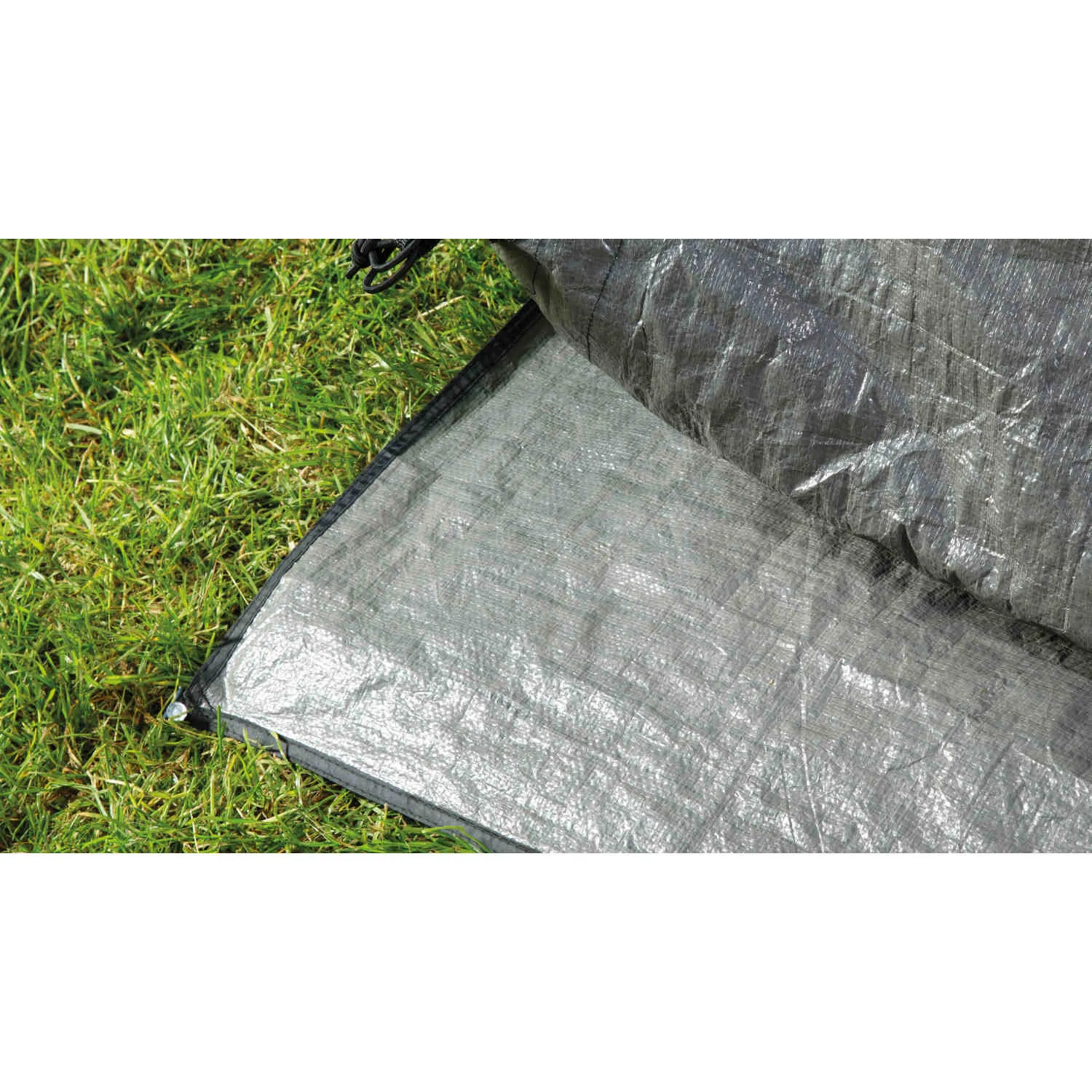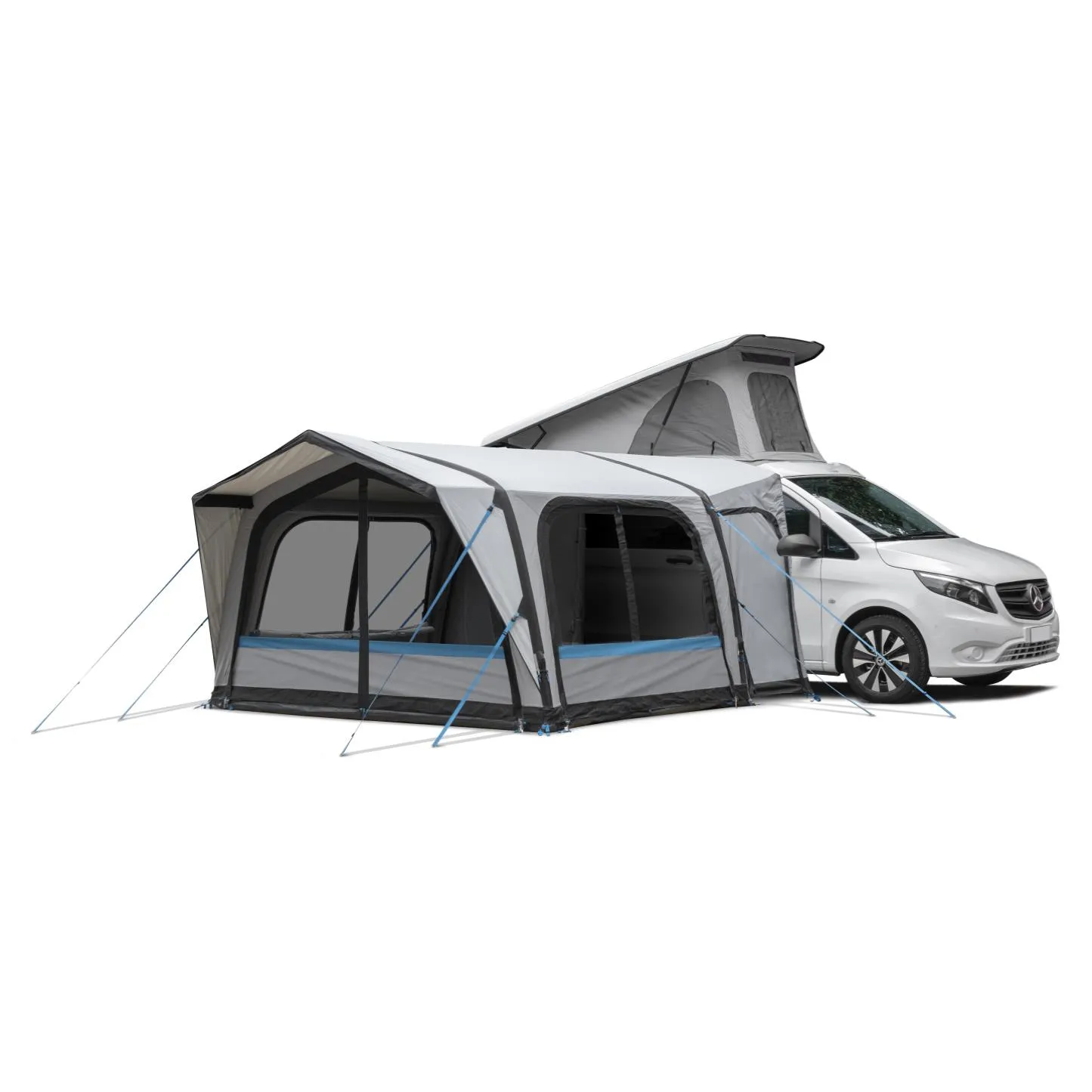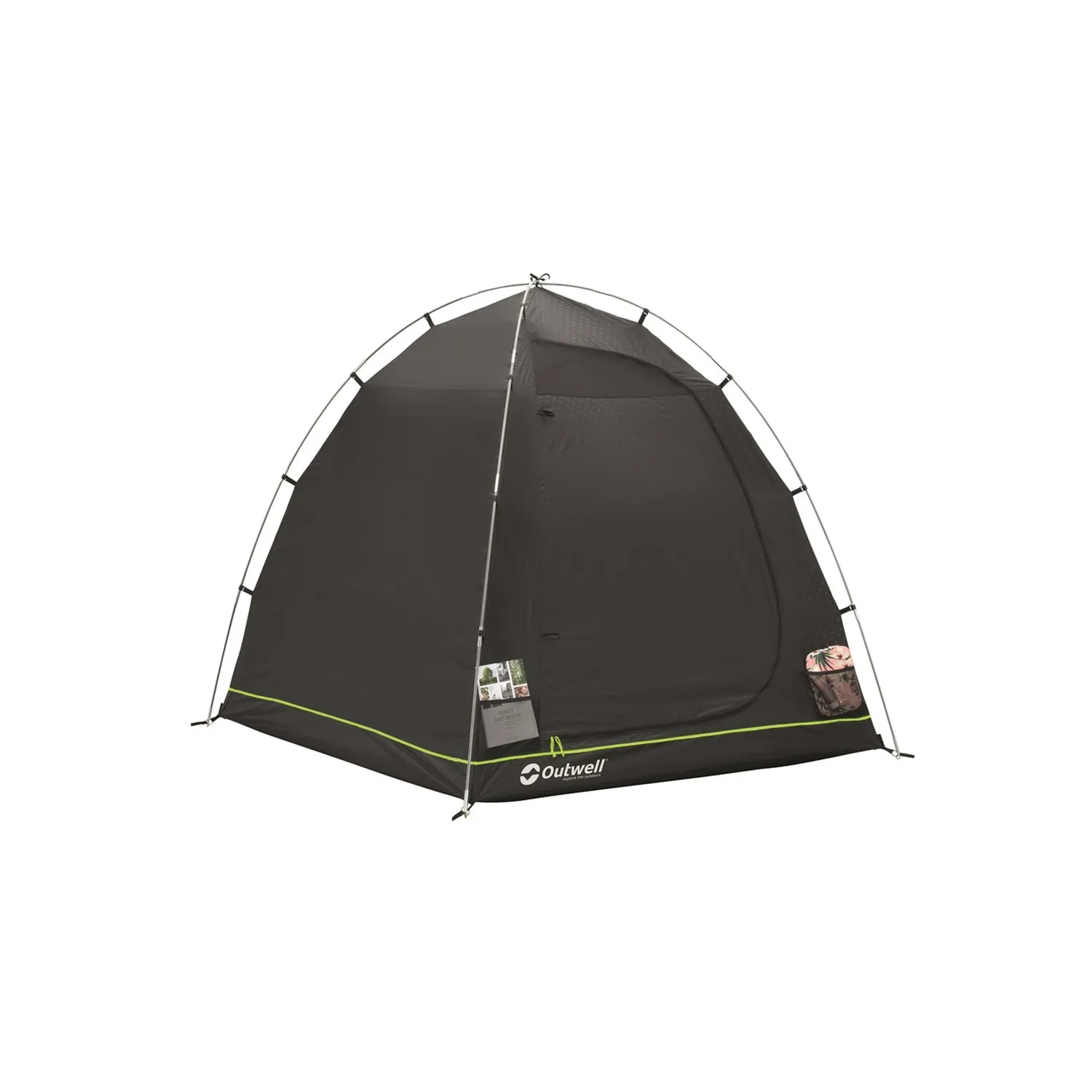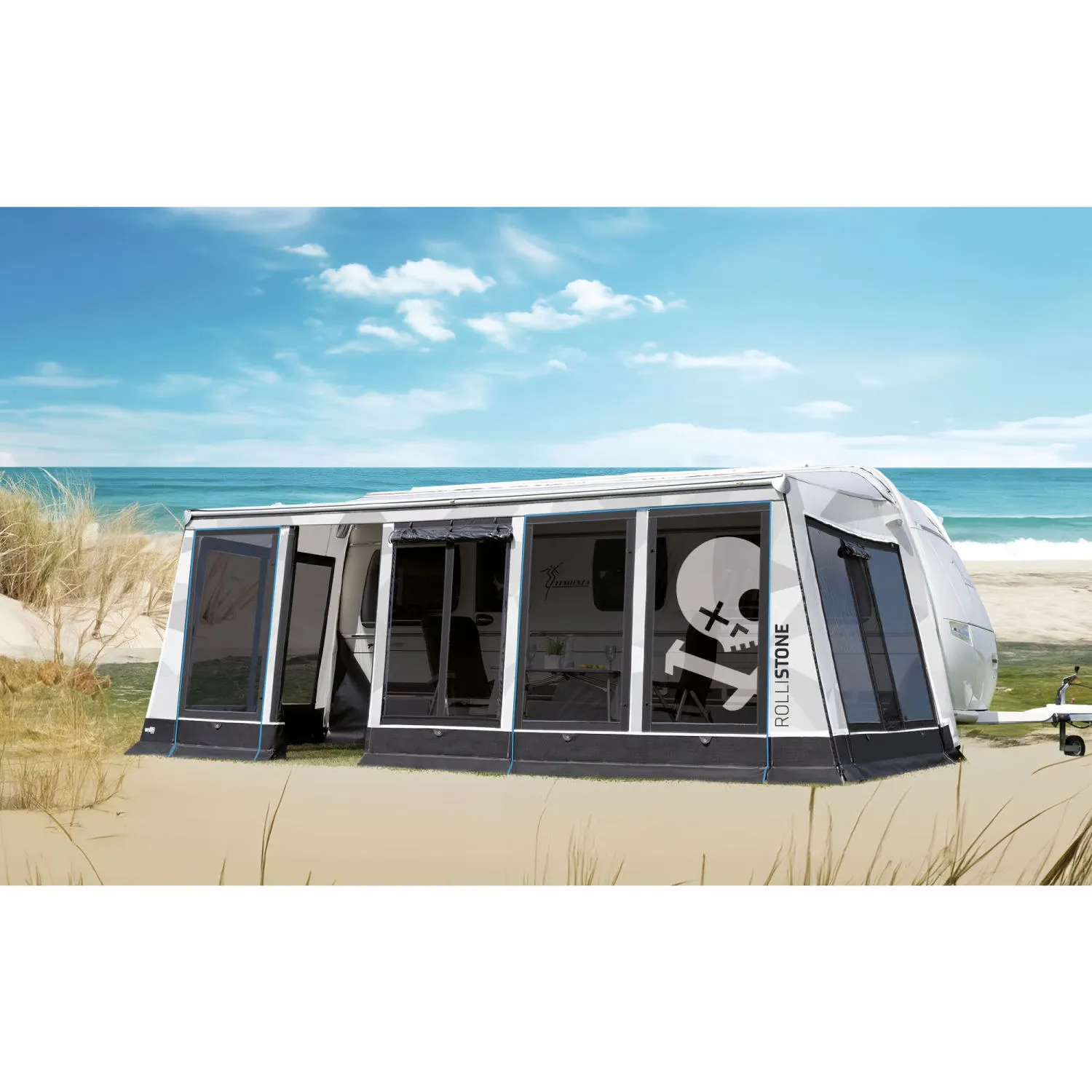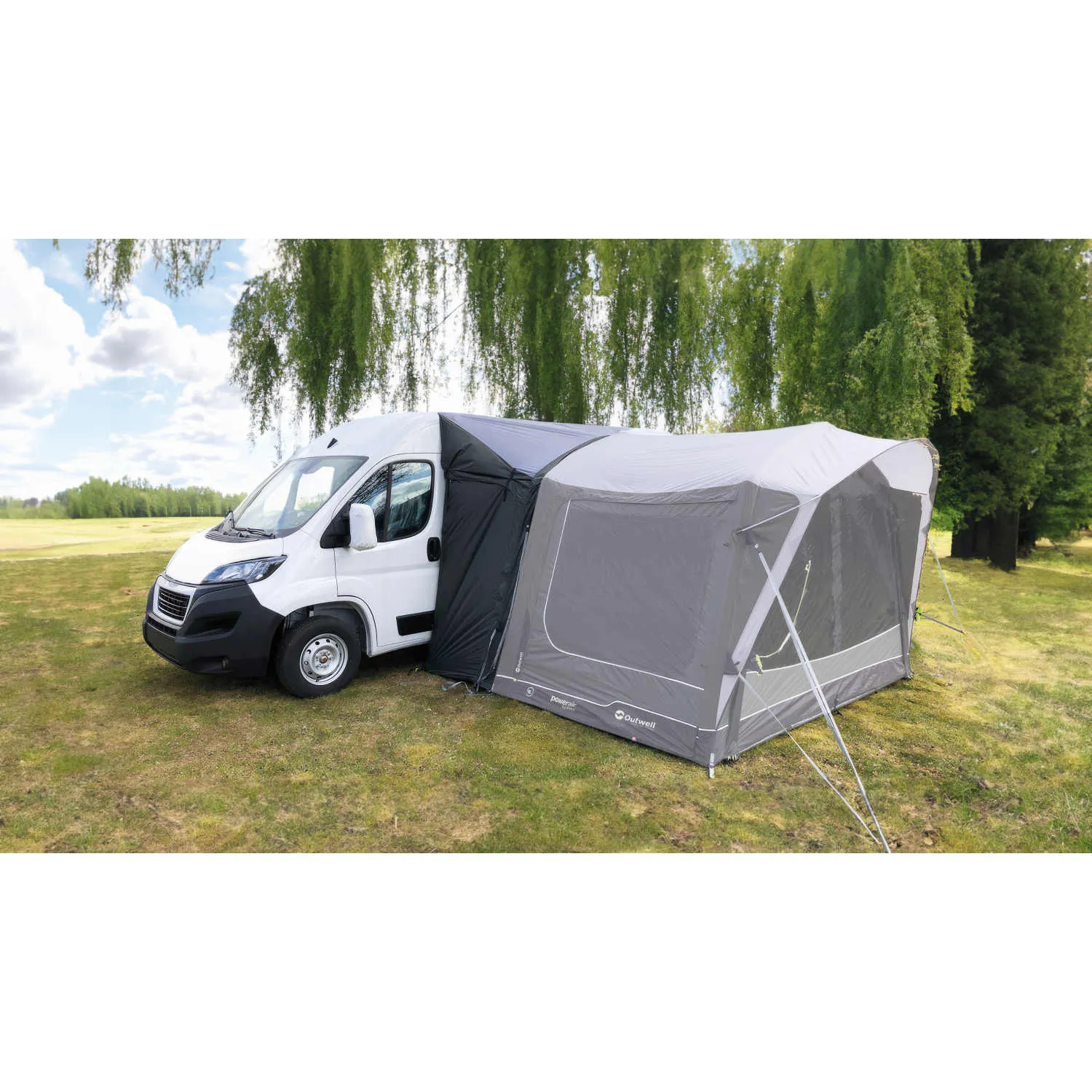

Awnings
Ready for ultimate camping comfort? Whether you need extra space for cooking, eating or sleeping, our awnings offer flexibility and comfort whatever the weather. Discover a variety of options, from freestanding to inflatable models, to make the most of your camping adventure.
Read more

Awnings
Ready for ultimate camping comfort? Whether you need extra space for cooking, eating or sleeping, our awnings offer flexibility and comfort whatever the weather. Discover a variety of options, from freestanding to inflatable models, to make the most of your camping adventure.
Read more

Want to find out more about awnings? Our experts have put together a comprehensive guide to help you make the right choice. Read all about the different types and materials to find the perfect addition to your mobile home.
Our awning guide
Awning vs. marquee: which option best suits your needs?
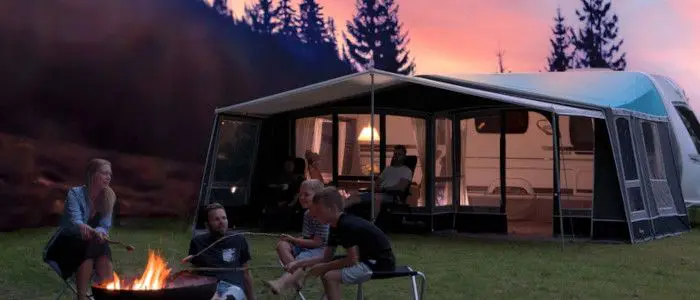

The advantages of an awning:
The advantages of an canopy:
An awning typically offers more storage space than an canopy, so you have more room for camping gear, furniture and other items.
An awning can be equipped with mosquito nets to protect you from pesky insects.
An awning gives you more privacy than an canopy because it gives you a separate space to retreat to. Usually, awnings are equipped with curtains or zippered curtains.
An awning is usually sturdier than an canopy and can withstand strong winds better. Of course, it is important to make sure that the awning is well braced.
An canopy is usually easier to set up than an awning and requires less labor and fewer parts.
An canopy is usually lighter and more compact than an awning, making it easier to transport and store.
An canopy is usually cheaper than an awning because it requires fewer materials and less labor.
The disadvantages of an awning:
The disadvantages of an canopy:
An awning can be more difficult to set up than an canopy because it requires more parts and more work.
Compared to an canopy, an awning can be heavier and more cumbersome to transport and store.
The price of an awning is usually higher than that of an canopy, as it requires more materials and labor.
An canopy offers significantly less protection from wind, rain and insects than an awning.
With an canopy, you give up a bit of privacy because it doesn't create a separate space like an awning.
An canopy is less stable than an awning and therefore usually more susceptible to damage from wind and weather.
Awning vs. marquee: which option best suits your needs?

The advantages of an awning:
An awning typically offers more storage space than an canopy, so you have more room for camping gear, furniture and other items.
An awning can be equipped with mosquito nets to protect you from pesky insects.
An awning gives you more privacy than an canopy because it gives you a separate space to retreat to. Usually, awnings are equipped with curtains or zippered curtains.
An awning is usually sturdier than an canopy and can withstand strong winds better. Of course, it is important to make sure that the awning is well braced.
The disadvantages of an awning:
An awning can be more difficult to set up than an canopy because it requires more parts and more work.
Compared to an canopy, an awning can be heavier and more cumbersome to transport and store.
The price of an awning is usually higher than that of an canopy, as it requires more materials and labor.

The advantages of an canopy:
An canopy is usually easier to set up than an awning and requires less labor and fewer parts.
An canopy is usually lighter and more compact than an awning, making it easier to transport and store.
An canopy is usually cheaper than an awning because it requires fewer materials and less labor.
The disadvantages of an canopy:
An canopy offers significantly less protection from wind, rain and insects than an awning.
With an canopy, you give up a bit of privacy because it doesn't create a separate space like an awning.
An canopy is less stable than an awning and therefore usually more susceptible to damage from wind and weather.

Live video consultation
Shop from the comfort of your own home. Book an appointment now for a live video consultation, let our experts answer all your questions and show you all the tents and furniture on display. Live, via video call.

Live repair service
Are you on holiday and having trouble with your tent? We'll help you solve the problem - live, via video call. No matter where you are. Simply contact our customer service team:
Filters
–
from
150 cm
until
320 cm
from
235 cm
until
350 cm
from
4 mm
until
7 mm
from
0 kg
until
38 kg
121 Article
What are awnings?
Awnings are structural extensions that are attached to motorhomes, caravans or campervans to create additional outdoor living space. They provide protection from the sun, rain and wind and extend the space available for activities such as cooking, eating or relaxing.
Types of awnings
Add-on a wnings: These are attached directly to the vehicle and provide additional space on the side wall of the vehicle.
Freestanding a wnings: These are independent of the vehicle and can be set up anywhere. They are ideal for campers who want flexible living space and also want to cook or eat outside the vehicle.
Partial a wnings: These are a mixture of add-on and free-standing awnings and offer both the flexibility of a free-standing awning and the option of attaching them directly to the vehicle.
Materials and construction
Polyester: Lightweight and durable, often with a waterproof coating.
Cotton: Naturally breathable and durable, ideal for longer stays.
Air tube technology: Many modern awnings use inflatable air tubes instead of conventional poles, which makes them easier to pitch and saves weight.
Functionality and additional equipment
Canopies: Create additional covered space in front of the tent, ideal for protection from the sun or rain when entering or leaving the tent.
Integrated groundsheets: Provide additional protection against moisture and vermin and make the tent easier to clean.
Ventilation systems: Ensure good air circulation in the tent and reduce condensation, particularly important in humid or warm climates.
Tips for buying
Size: Make sure the awning fits the size of your vehicle and offers enough space for your needs.
Set-up: Check how easy the tent is to set up and whether you can manage it on your own.
Weather resistance: Look for waterproof materials and stable constructions to protect you in all weathers.
Additional features: Consider additional features such as windows, mosquito nets or organised storage spaces to increase comfort.
An awning can take your camping trip to the next level by providing extra living space and shelter outdoors. Choose wisely to find the perfect awning for your adventures and enjoy the great outdoors to the fullest!
Want to find out more about awnings? Our experts have put together a comprehensive guide to help you make the right choice. Read all about the different types and materials to find the perfect addition to your mobile home:

























